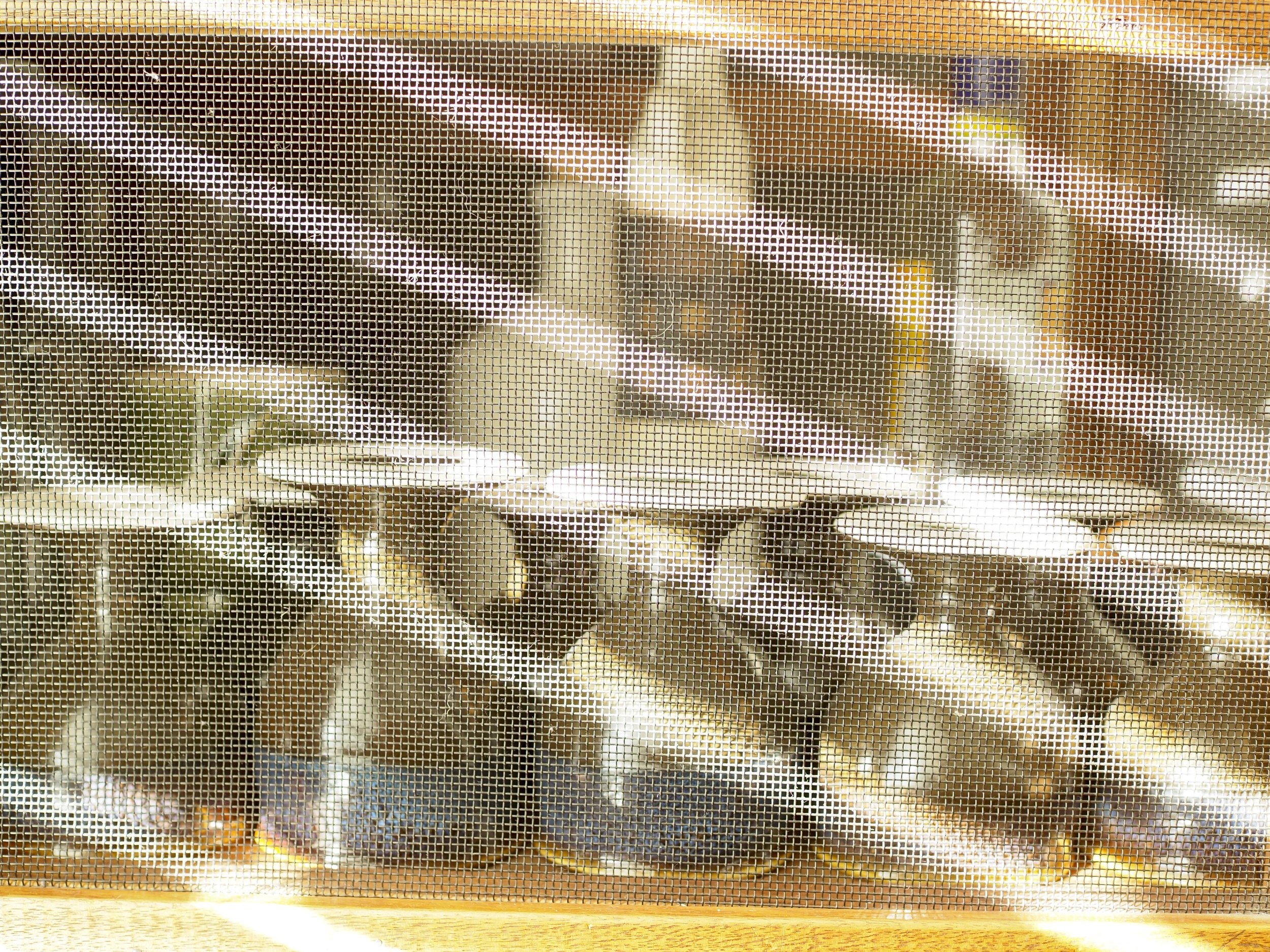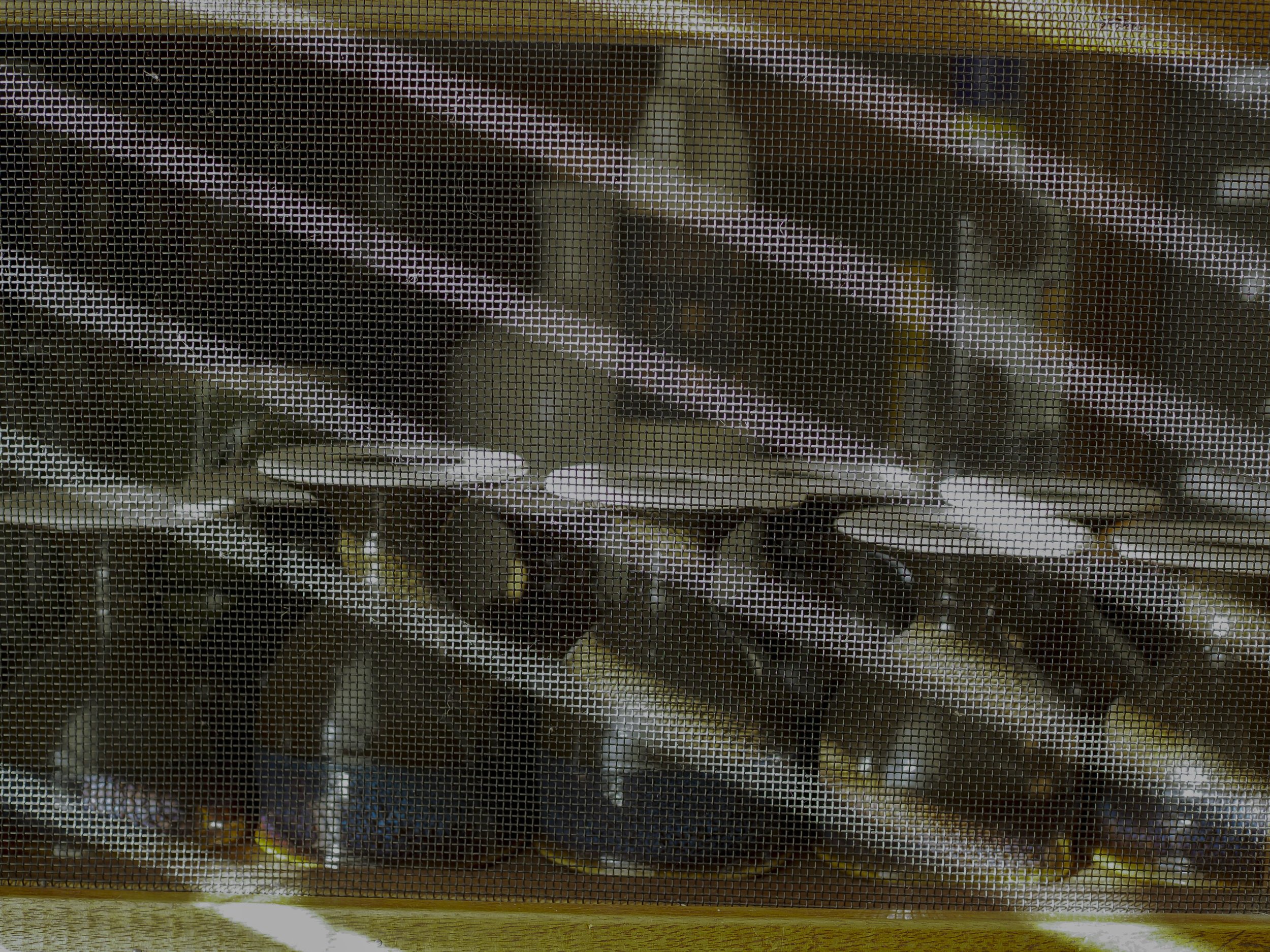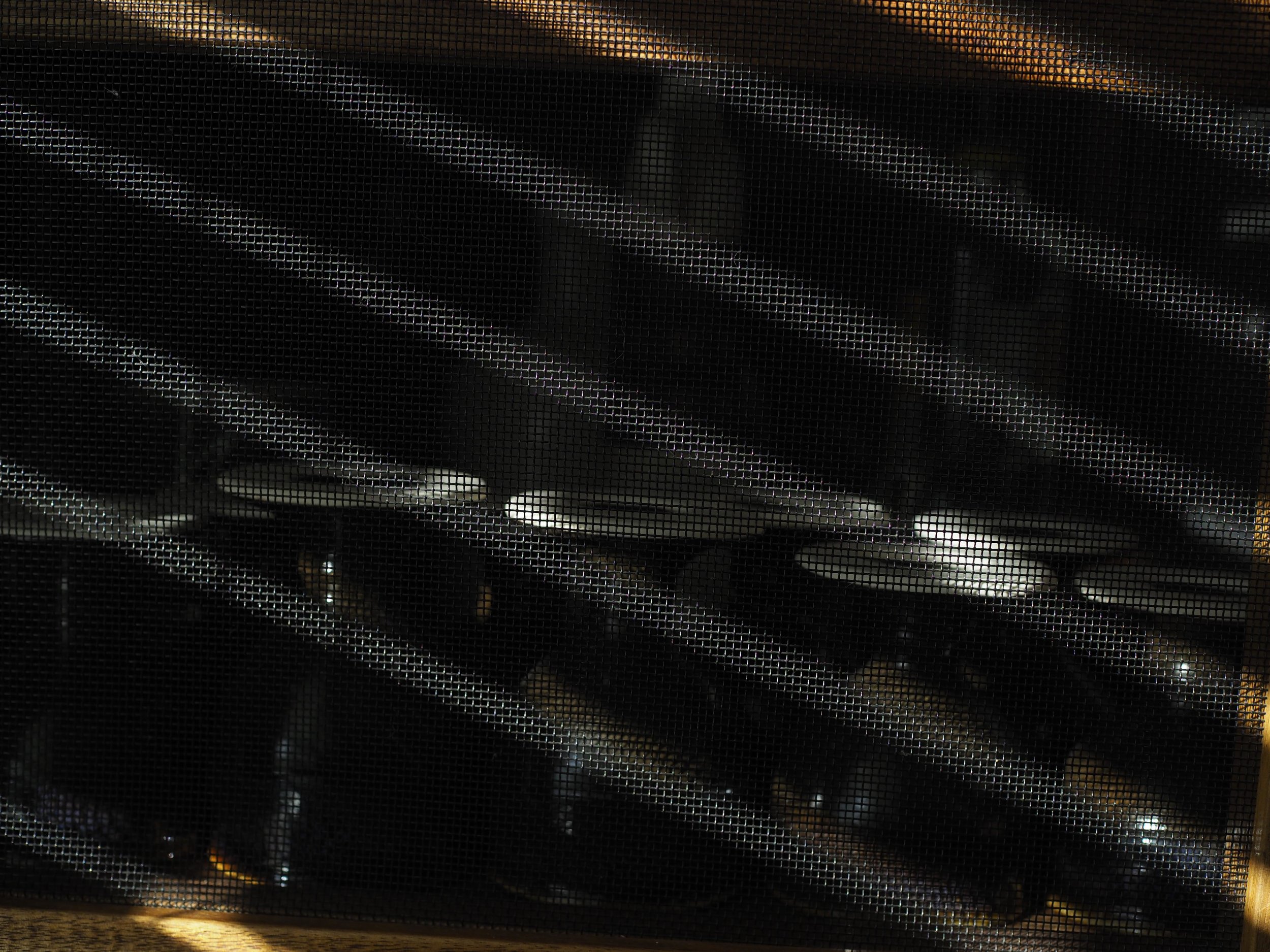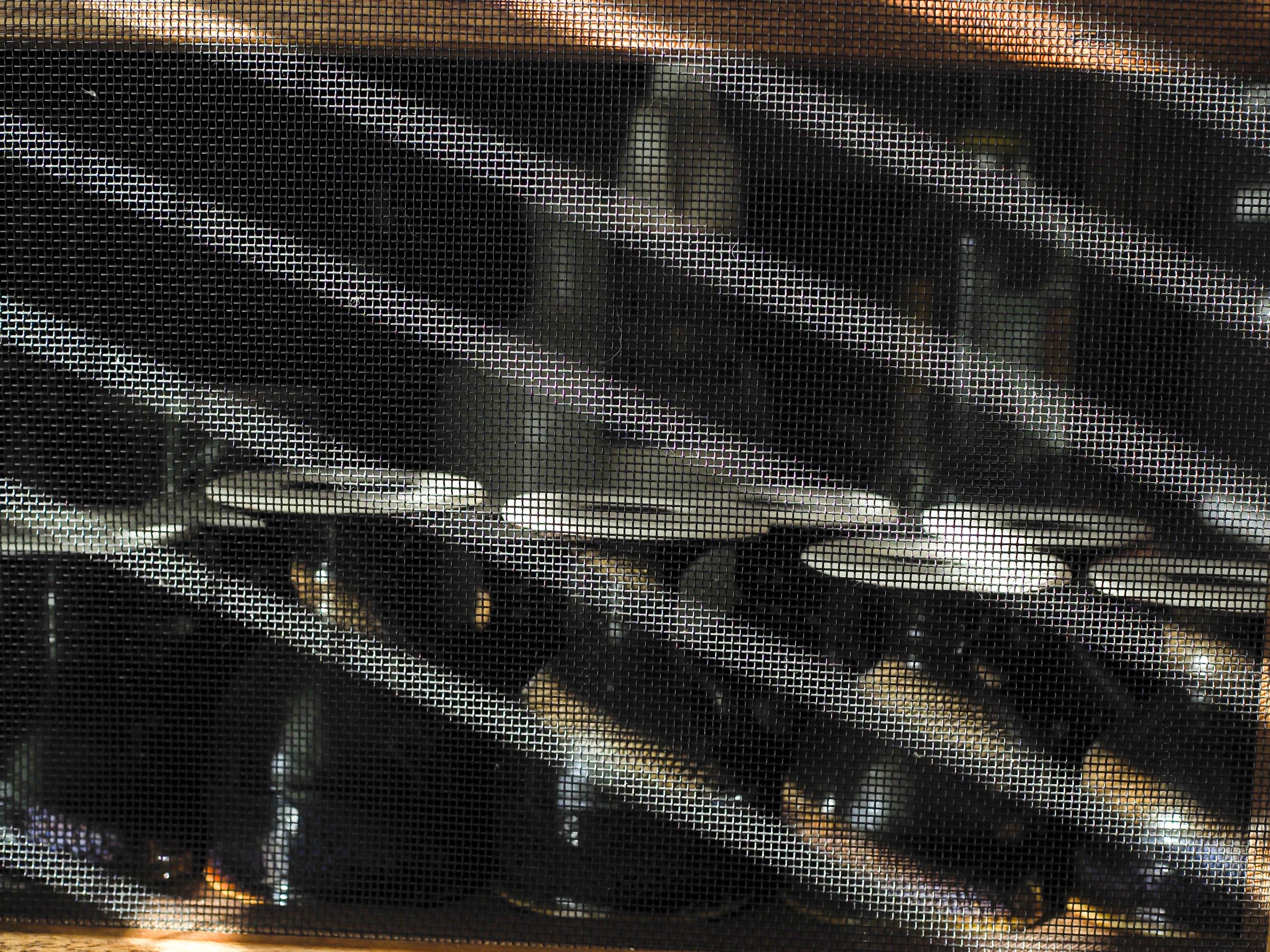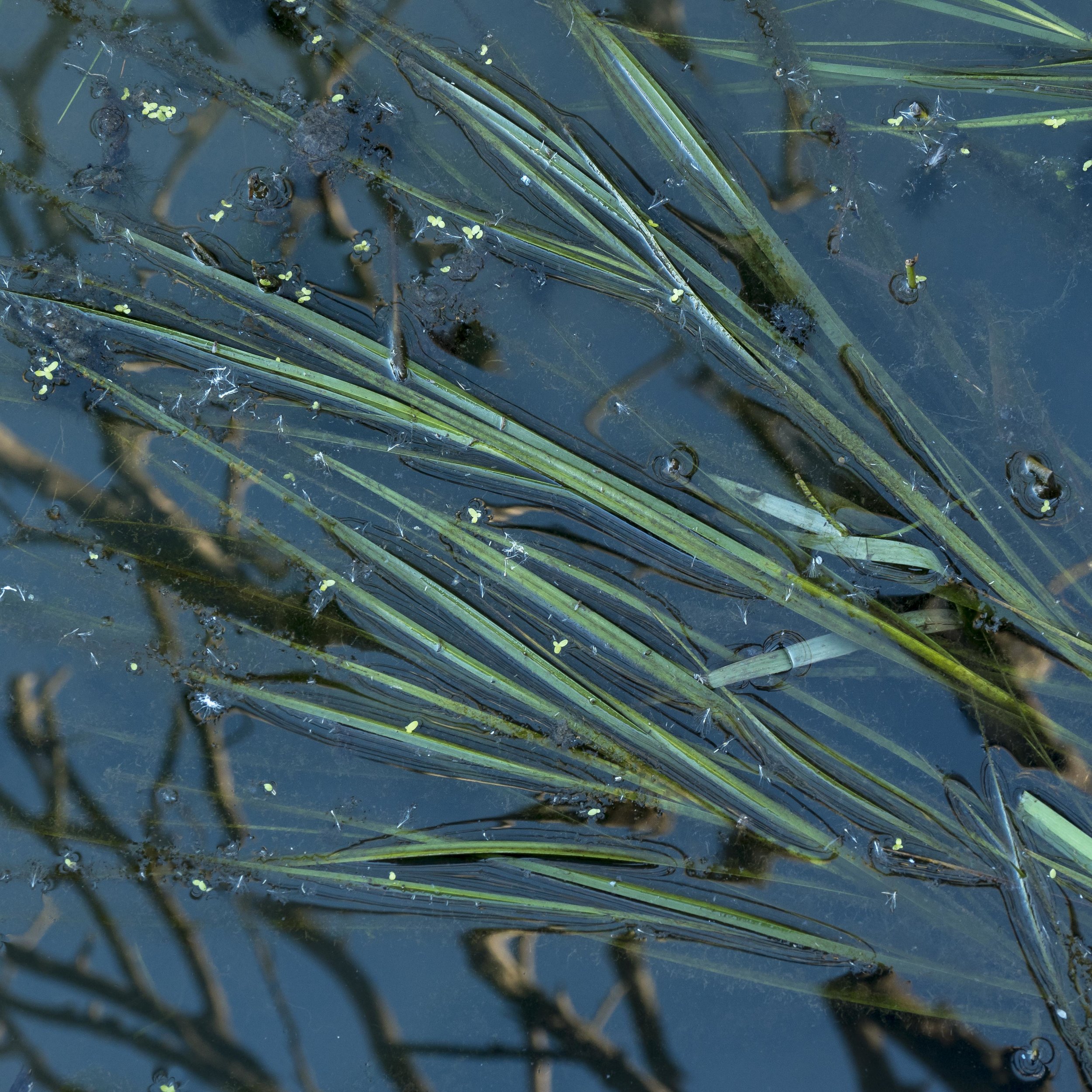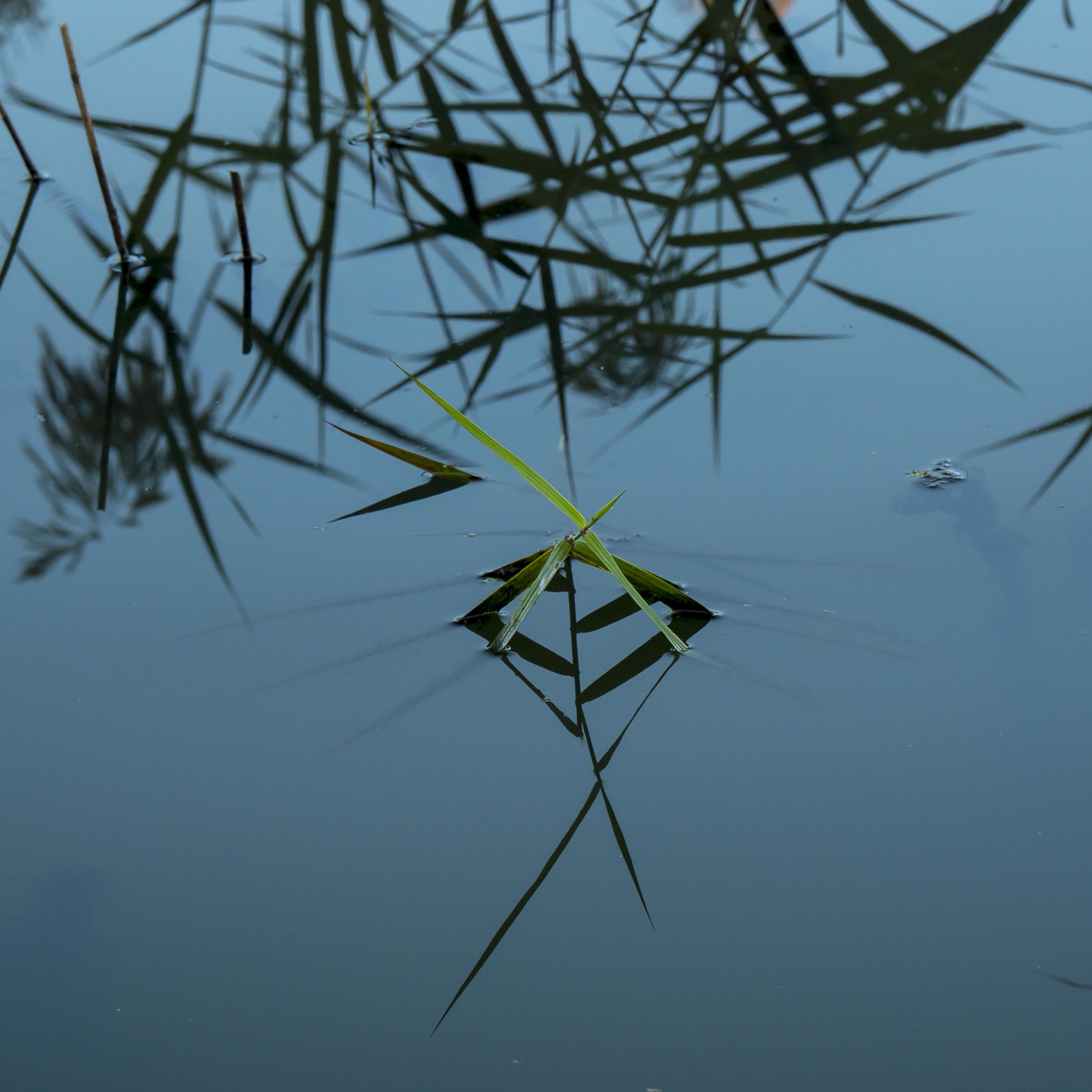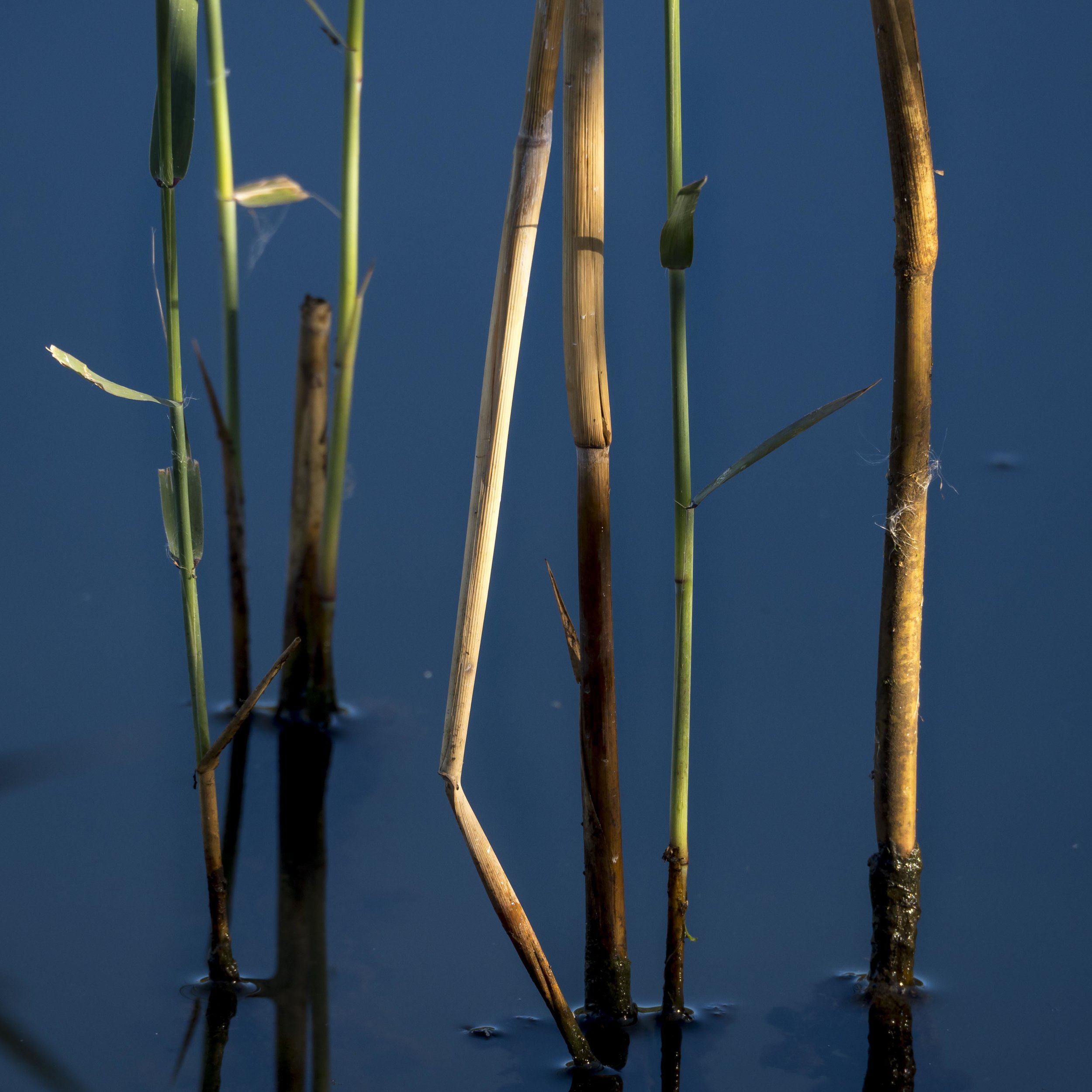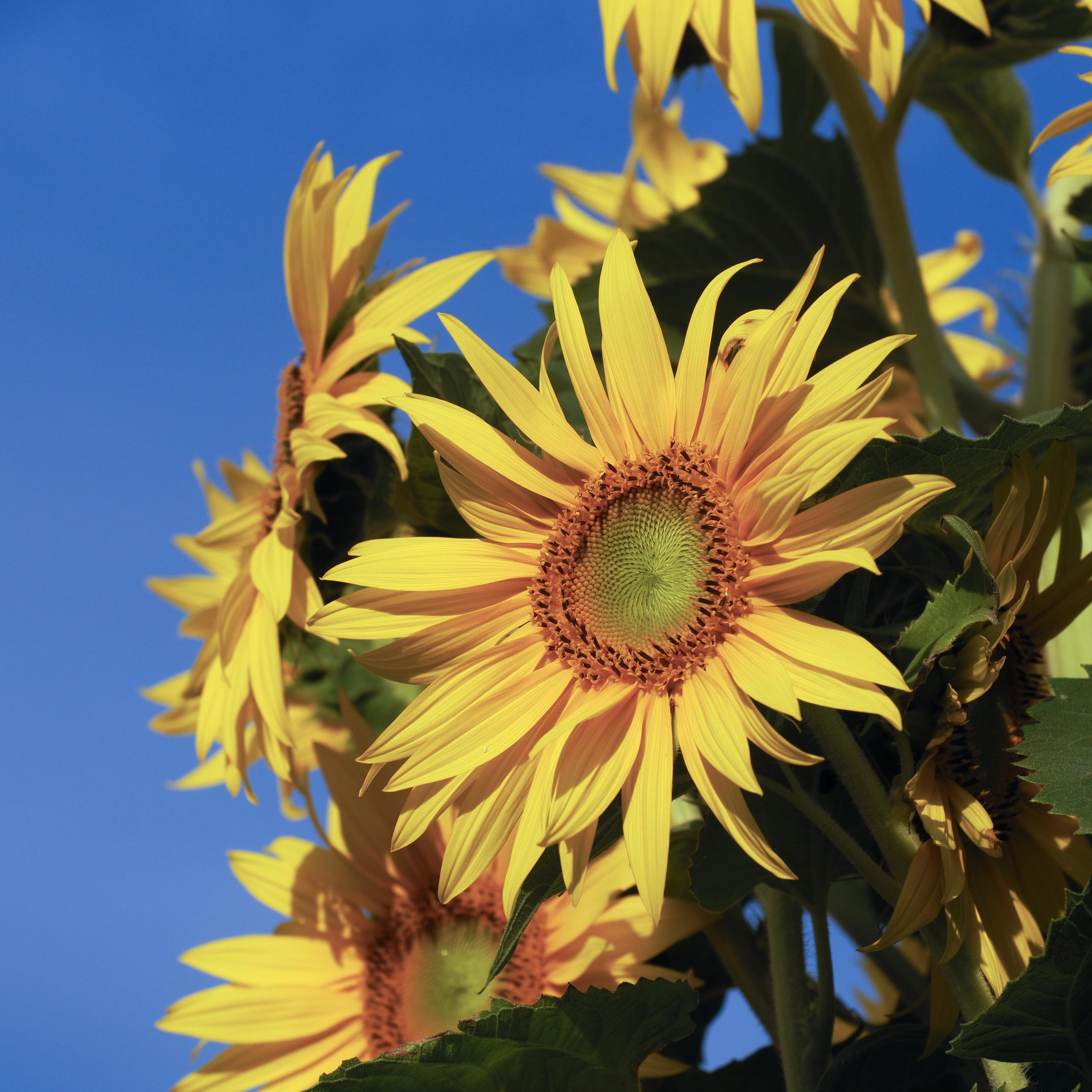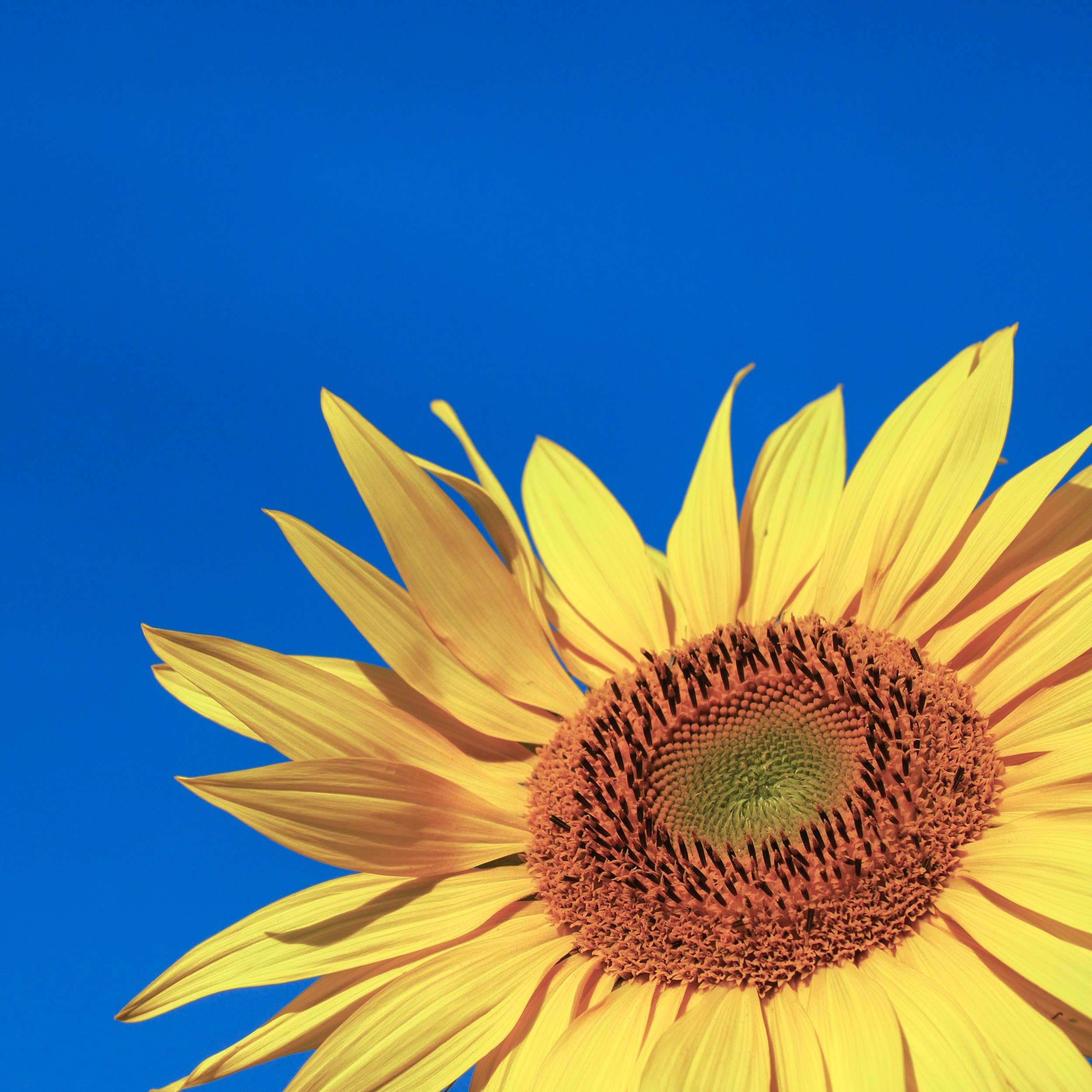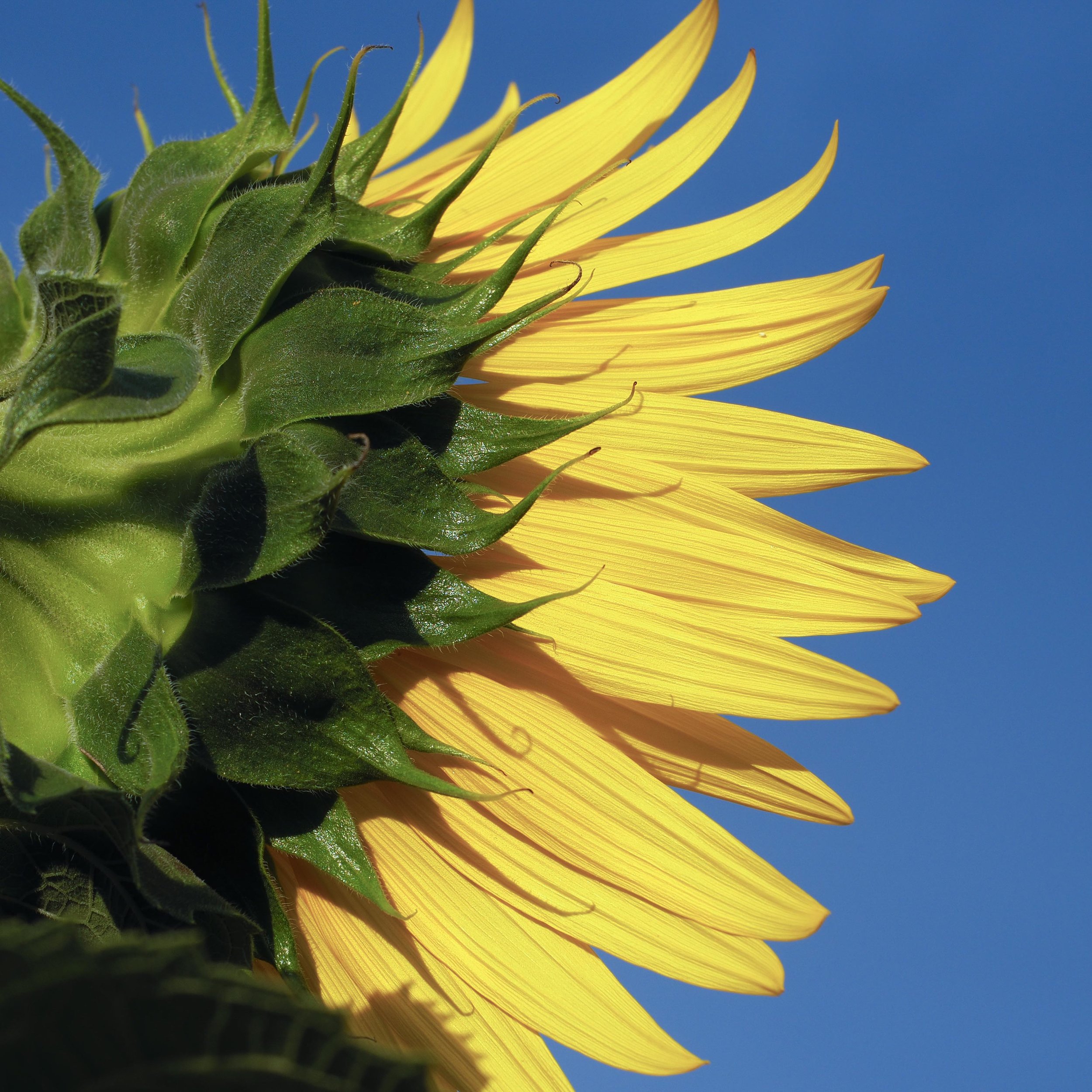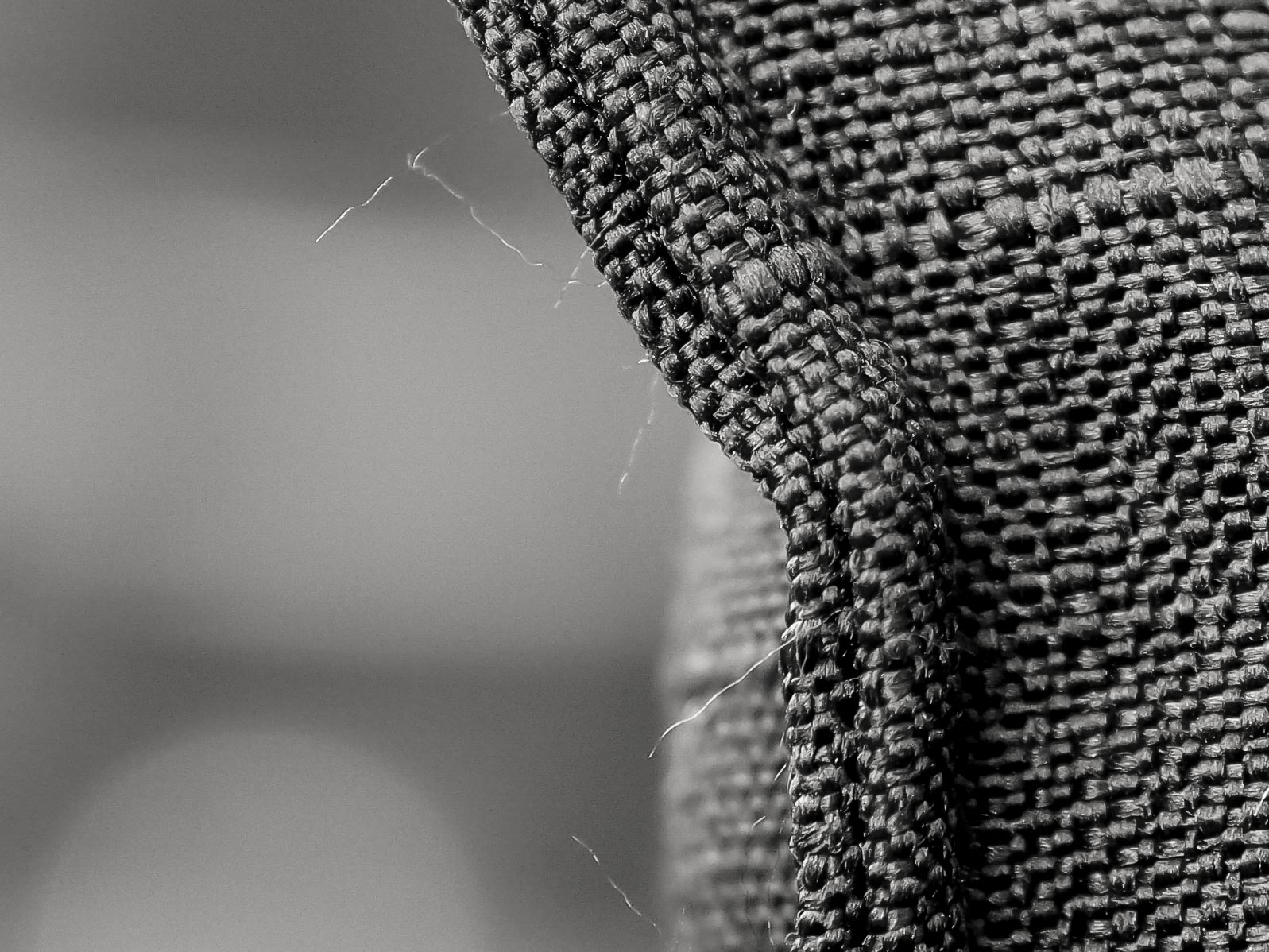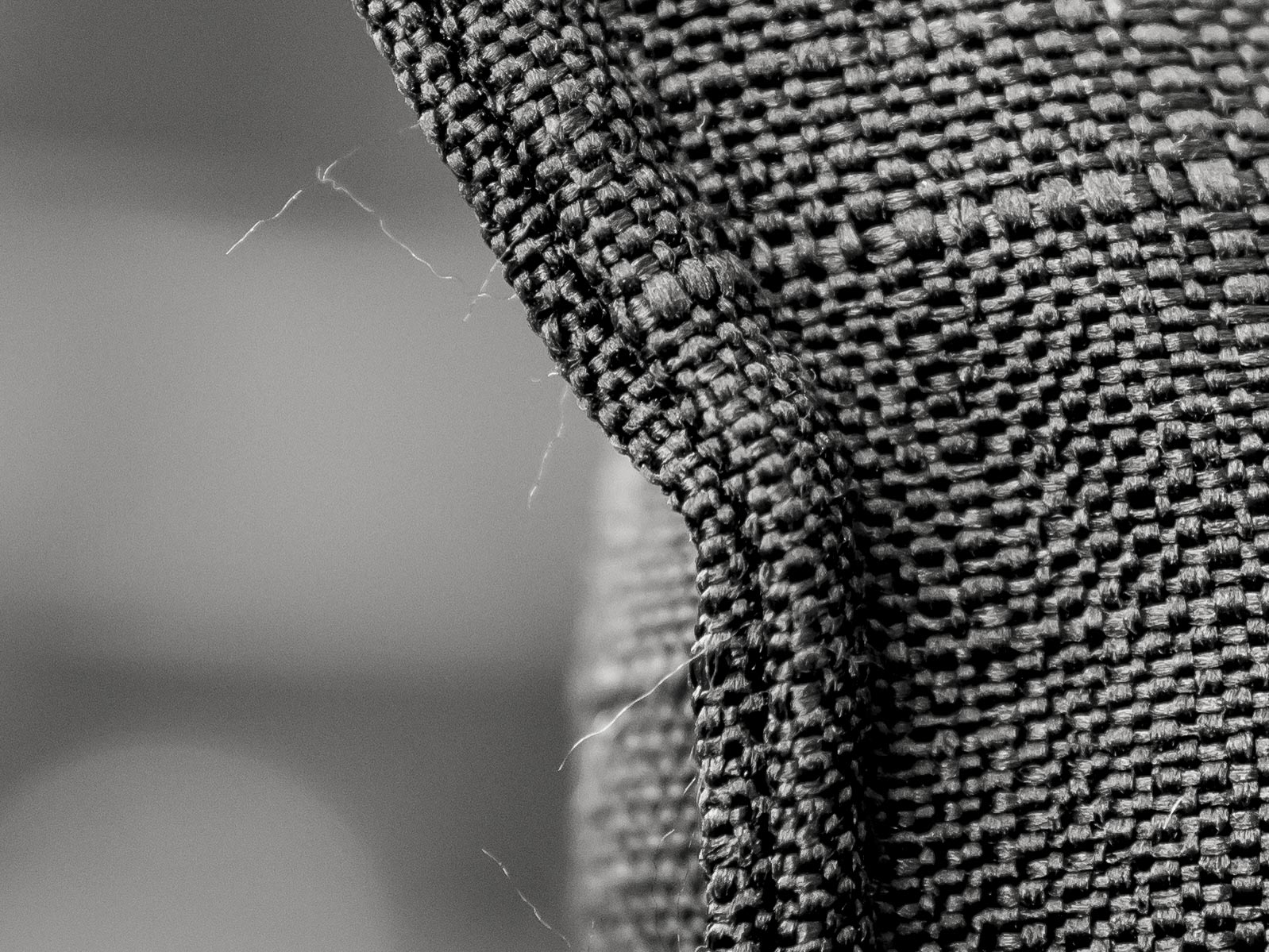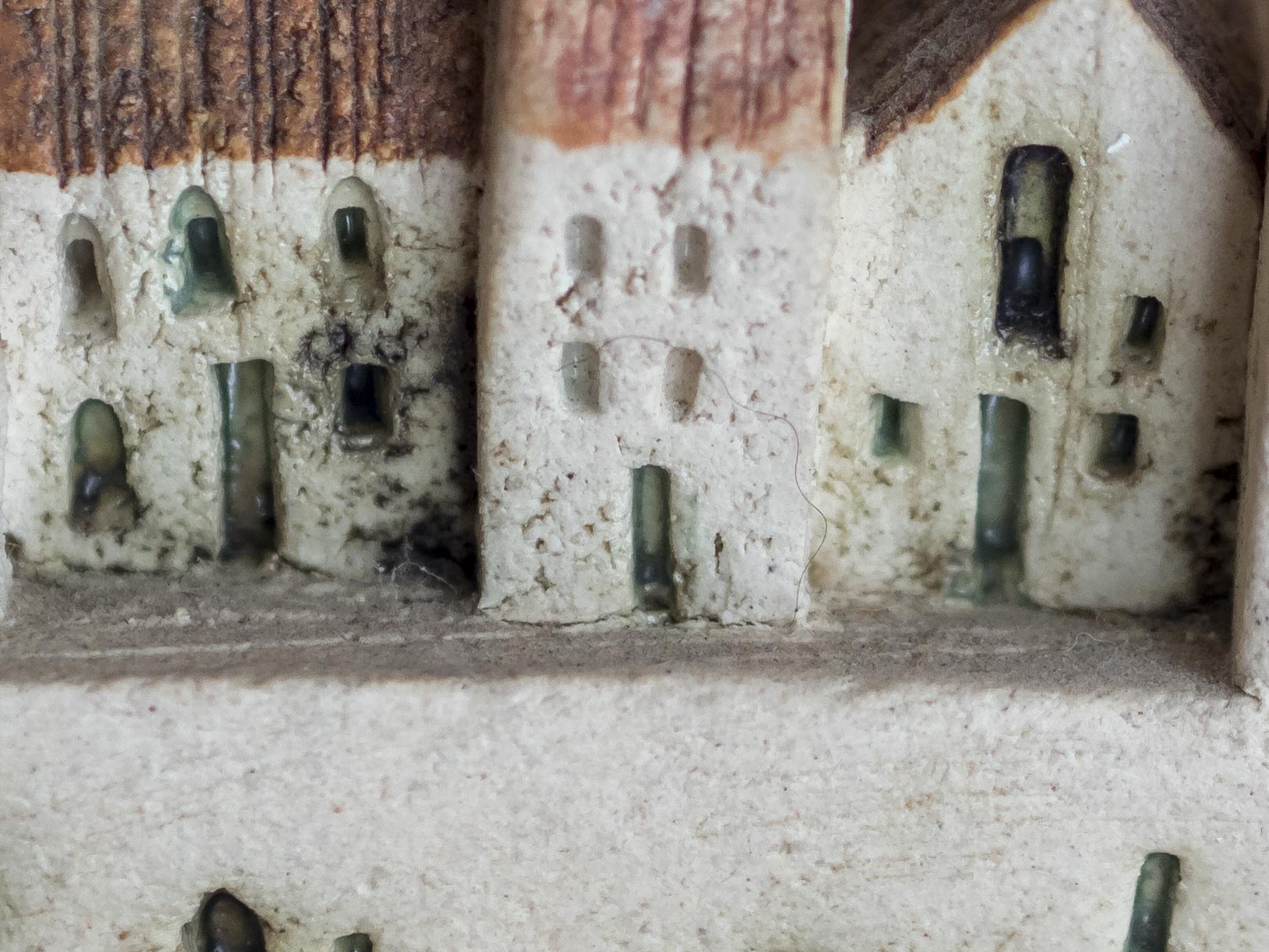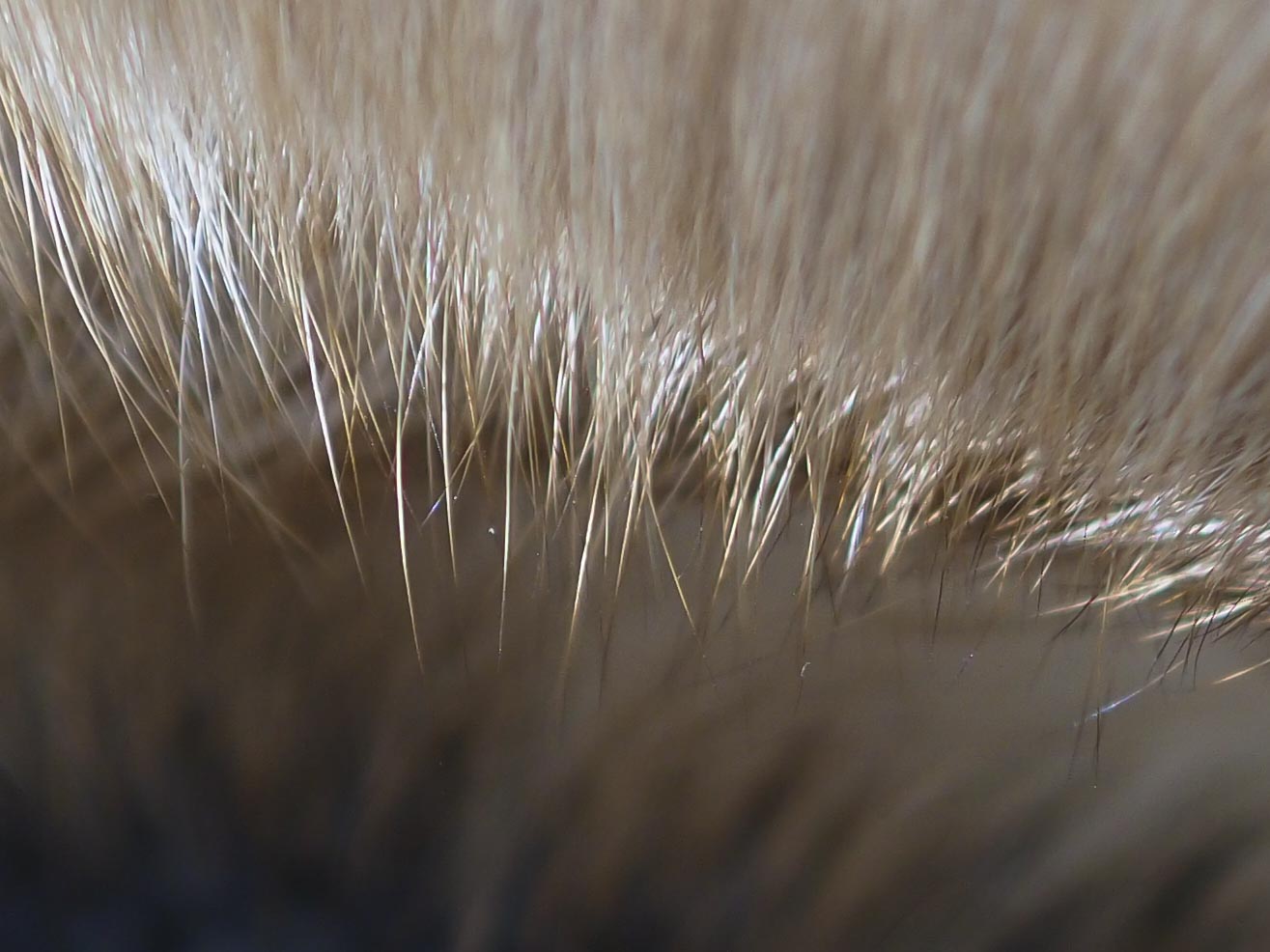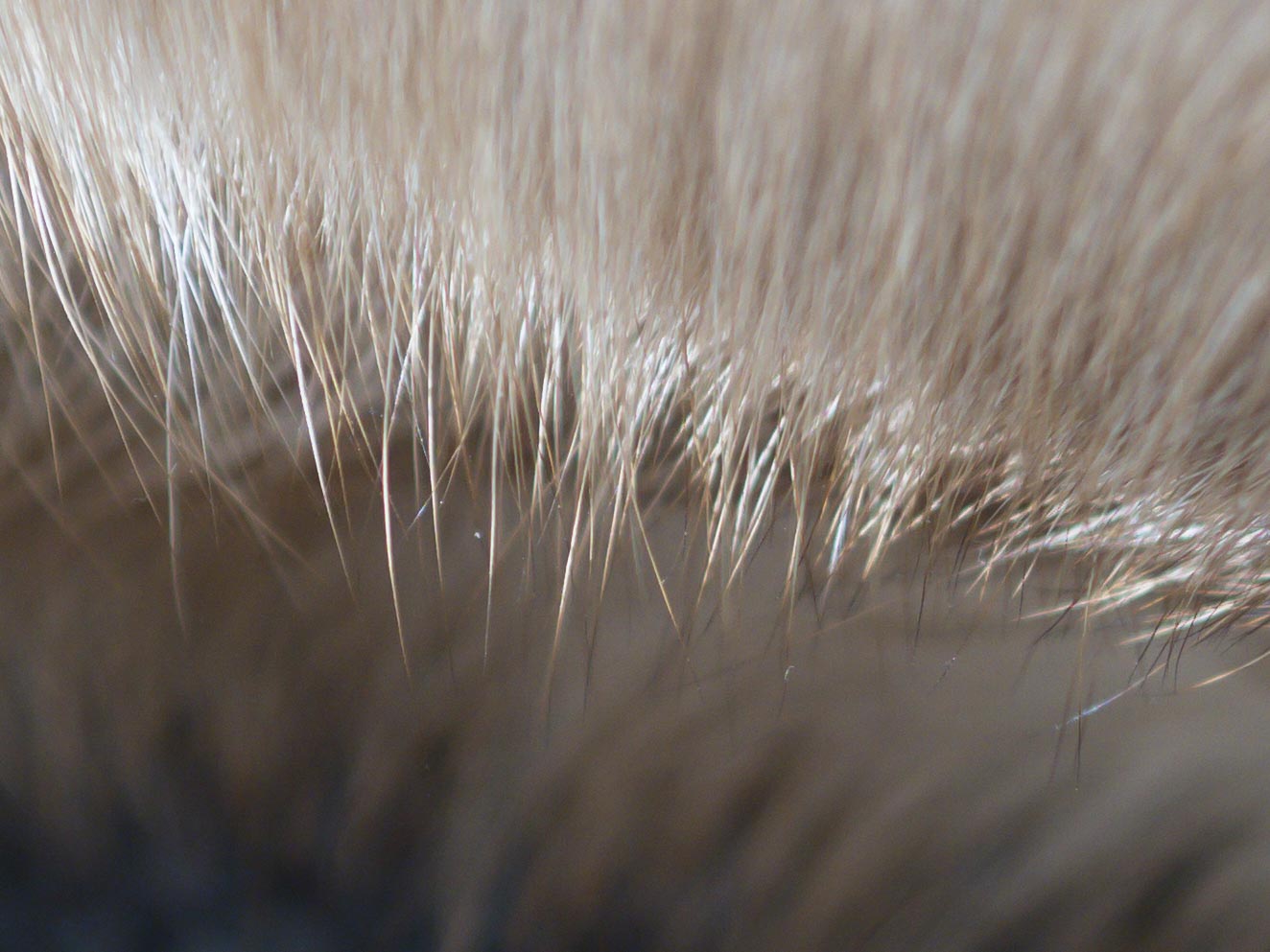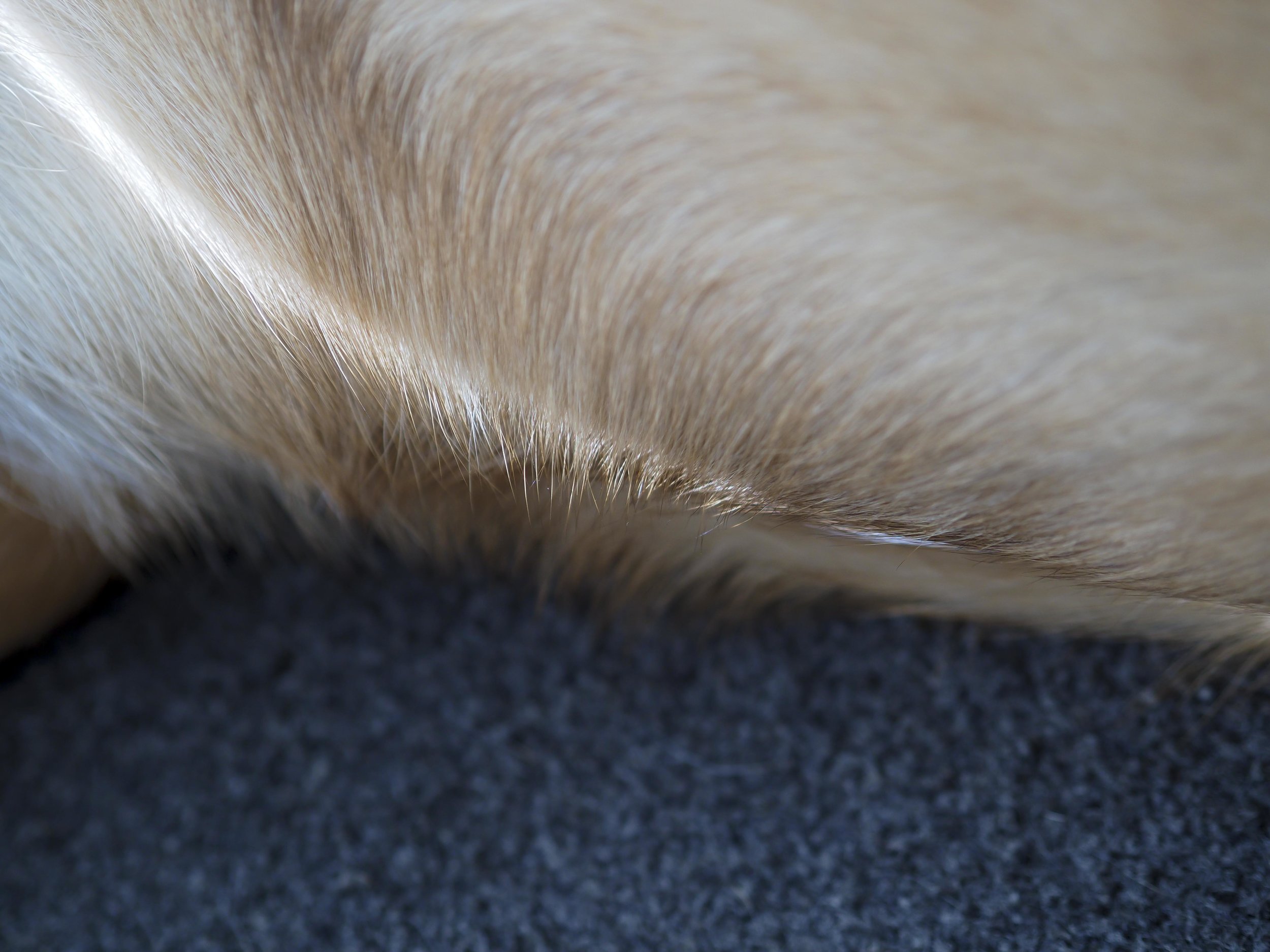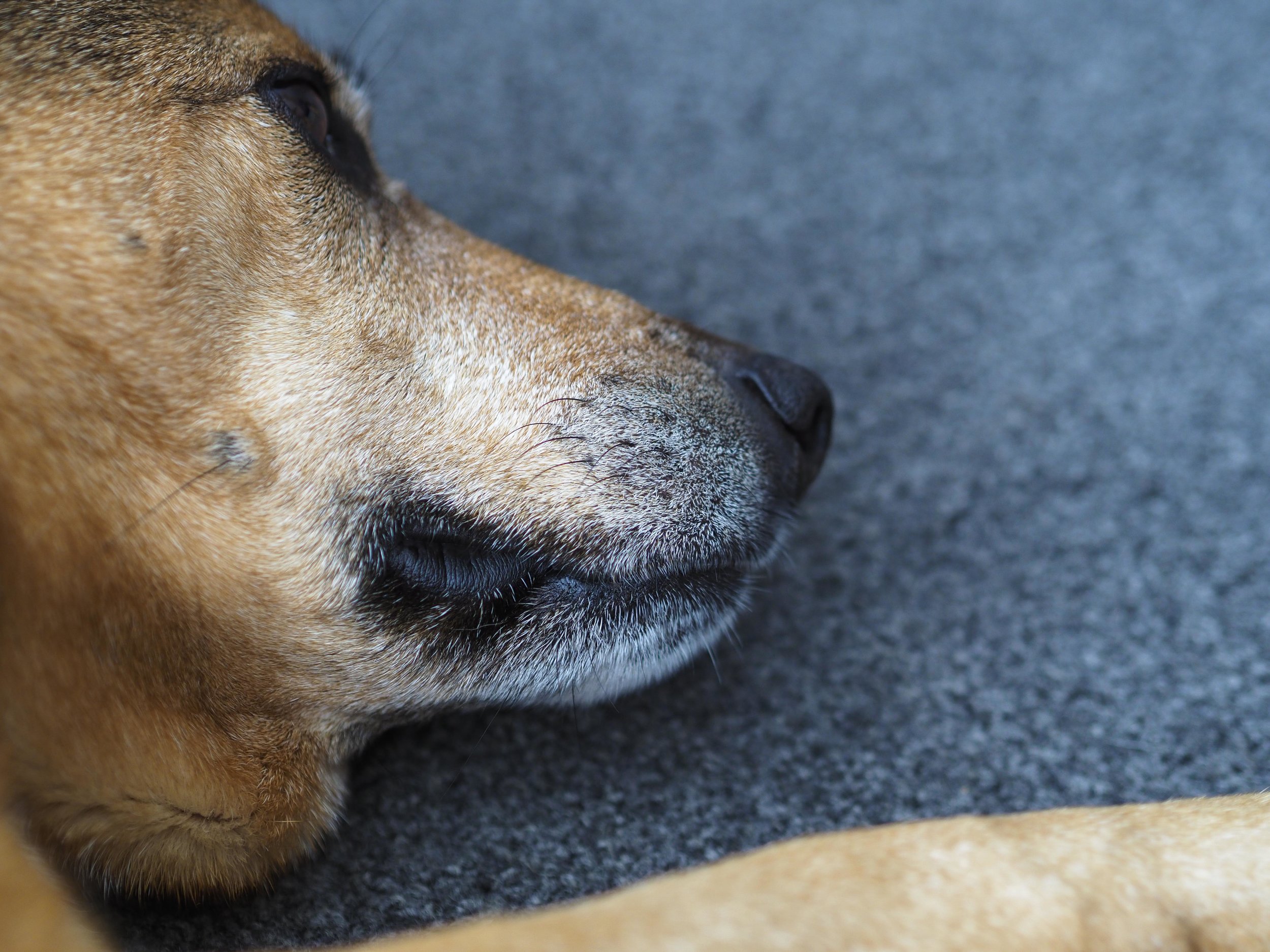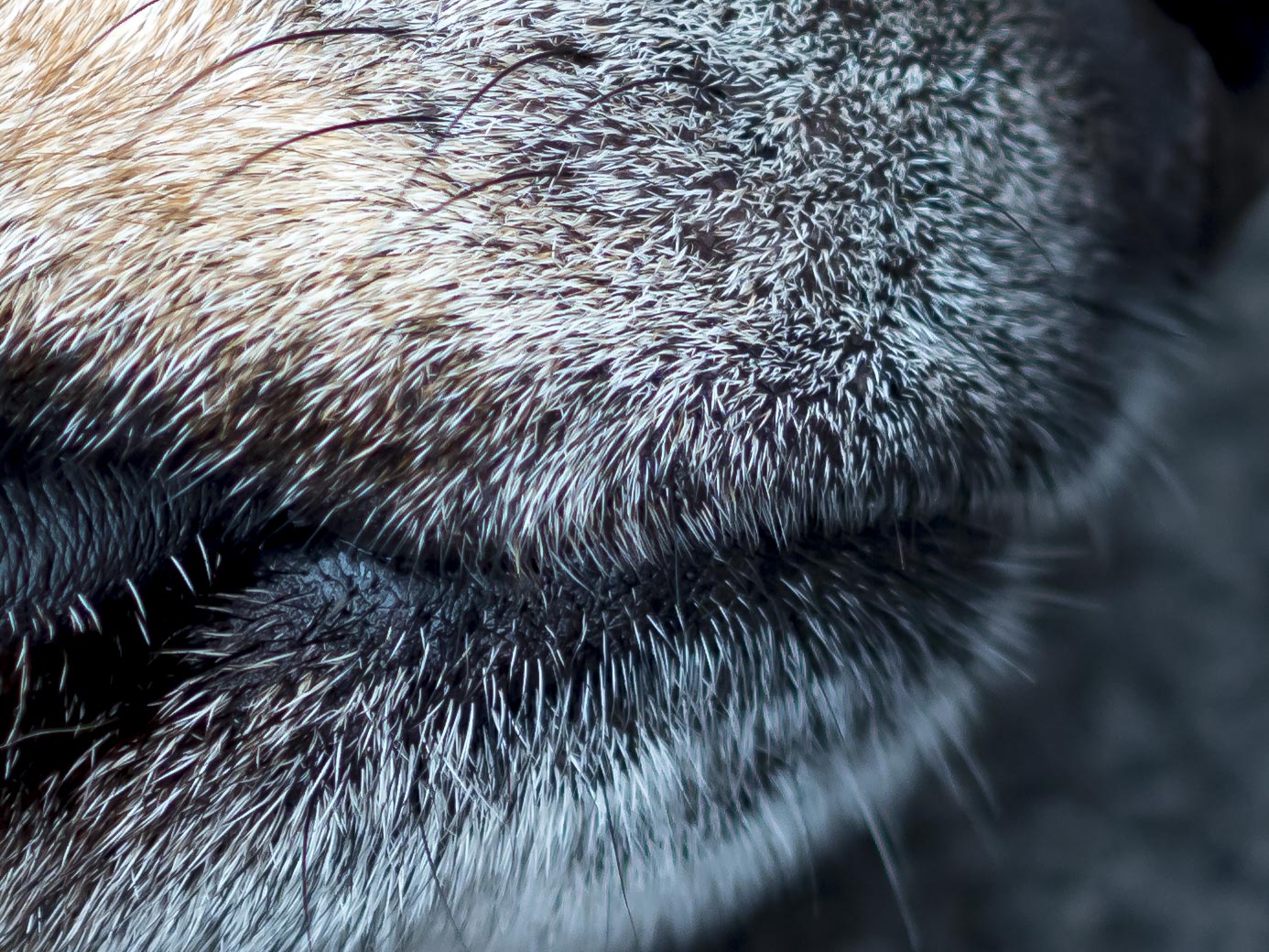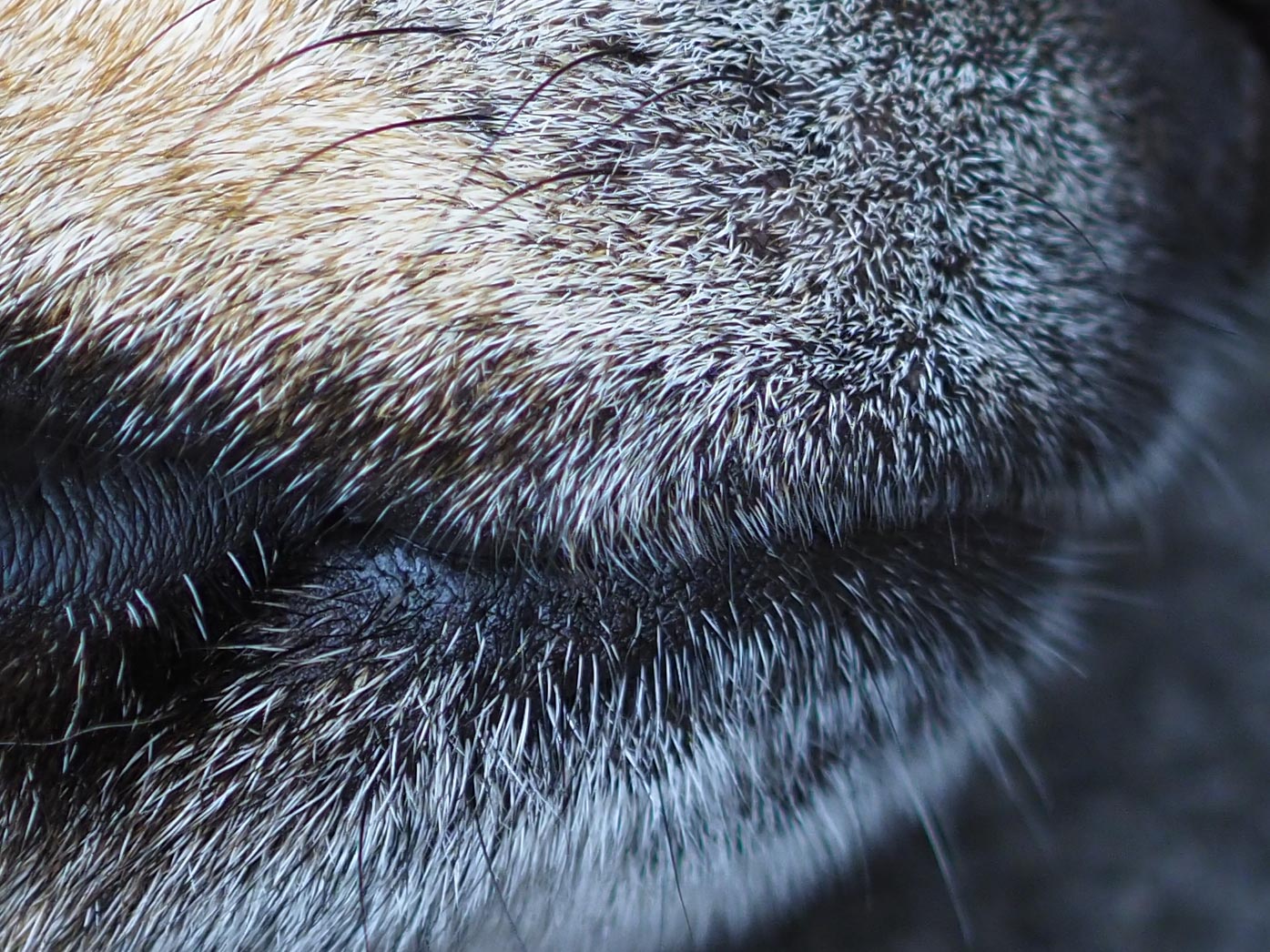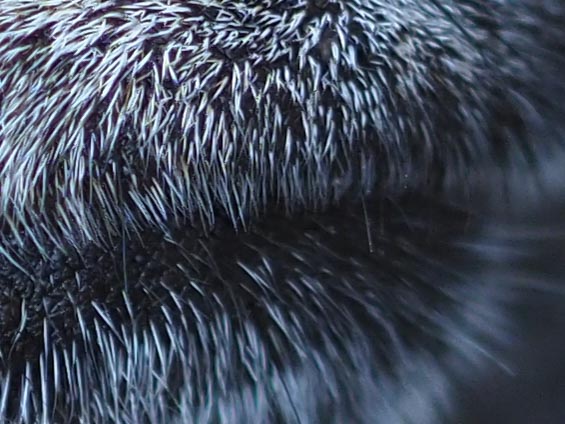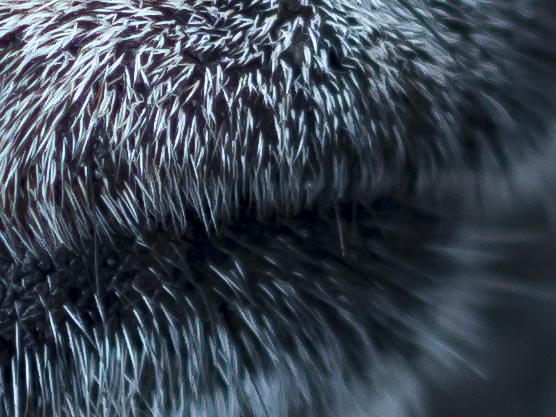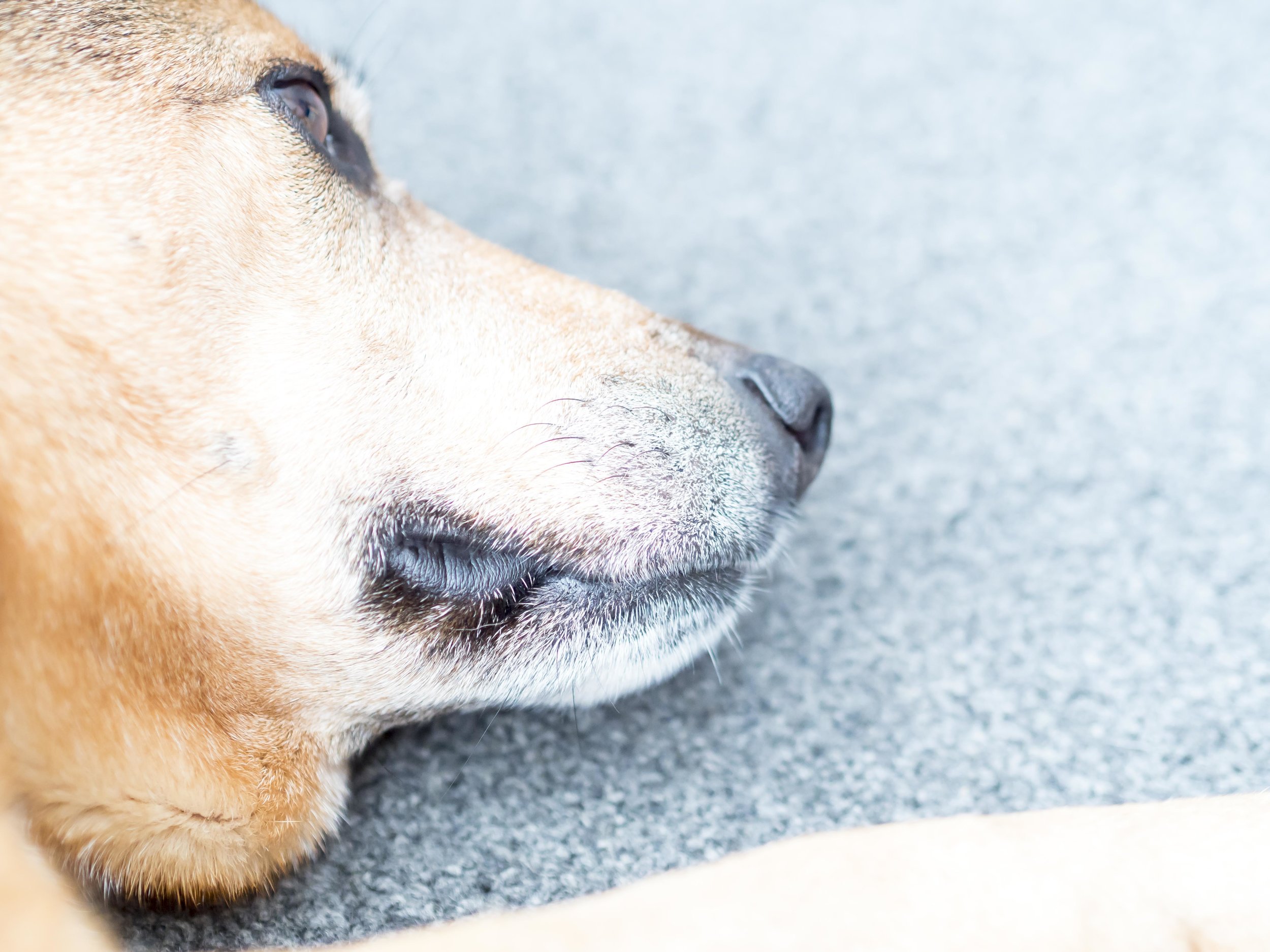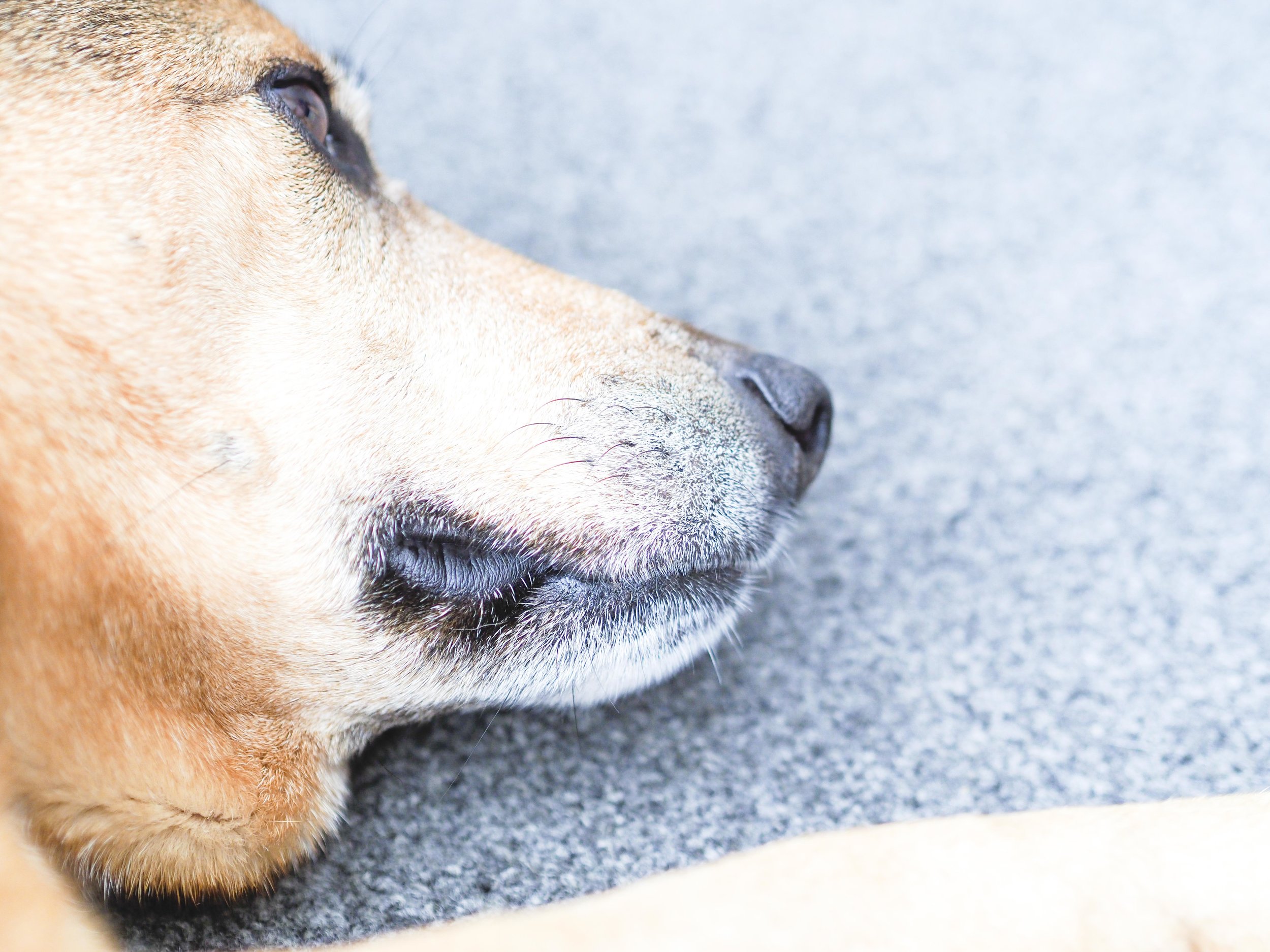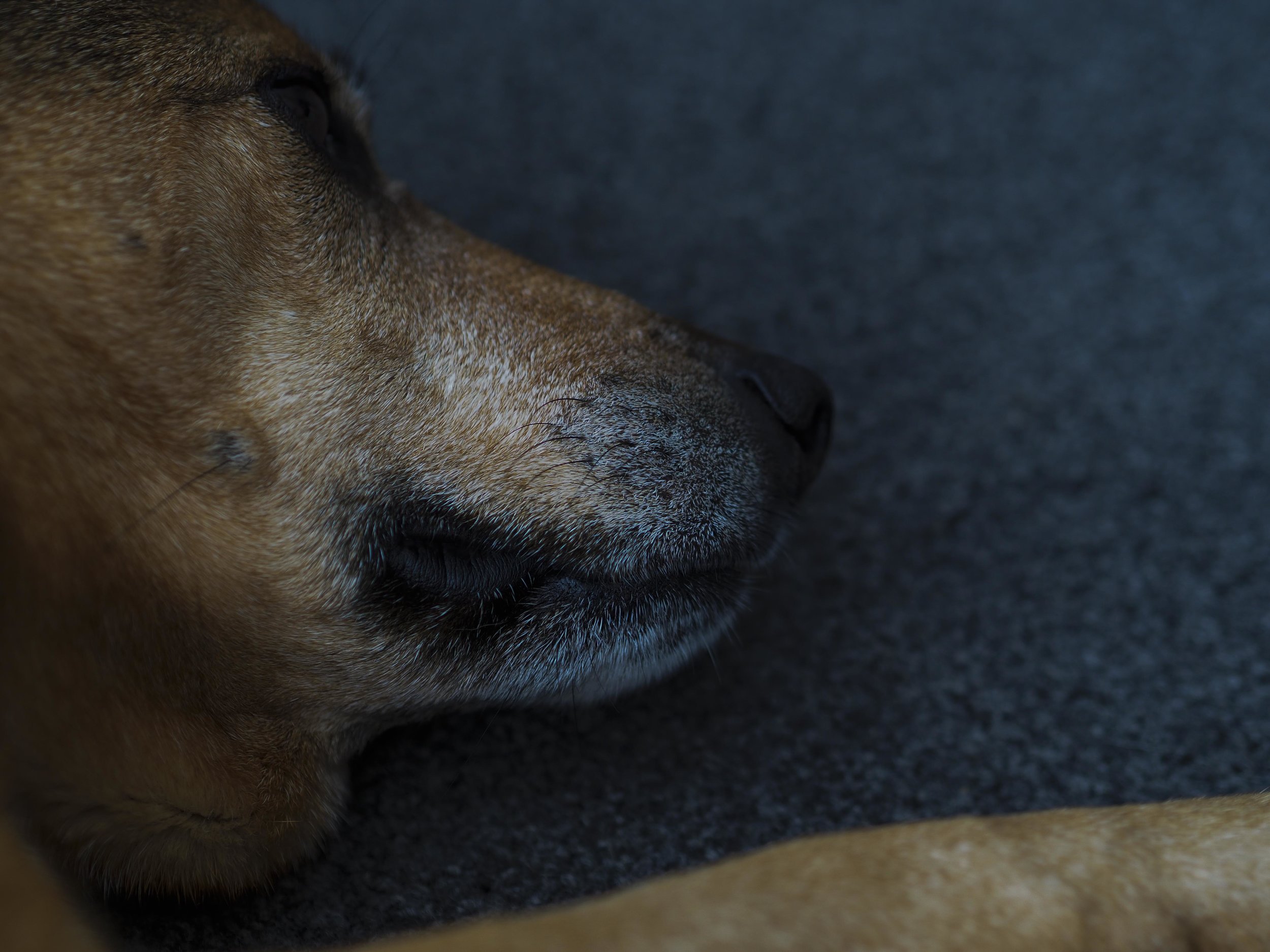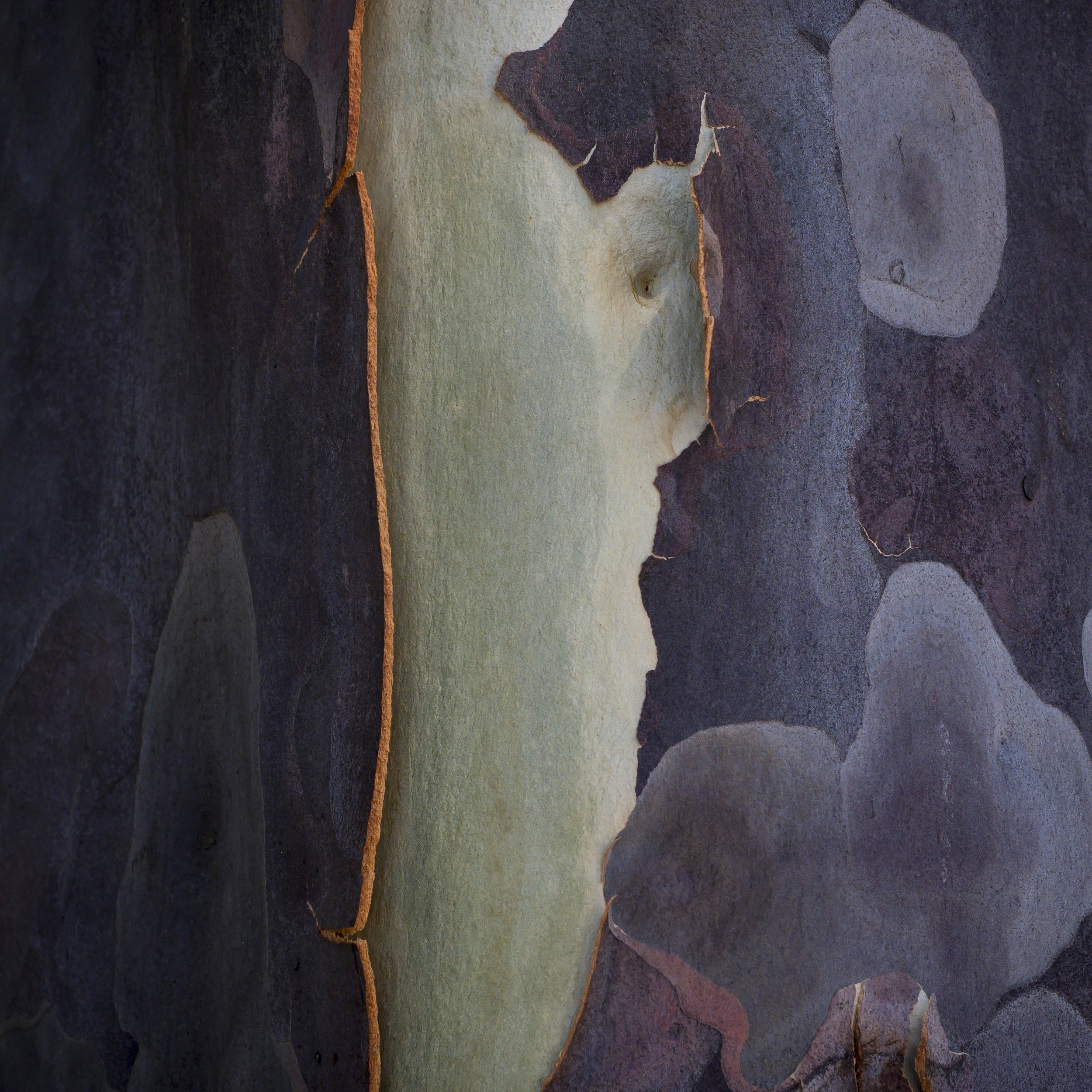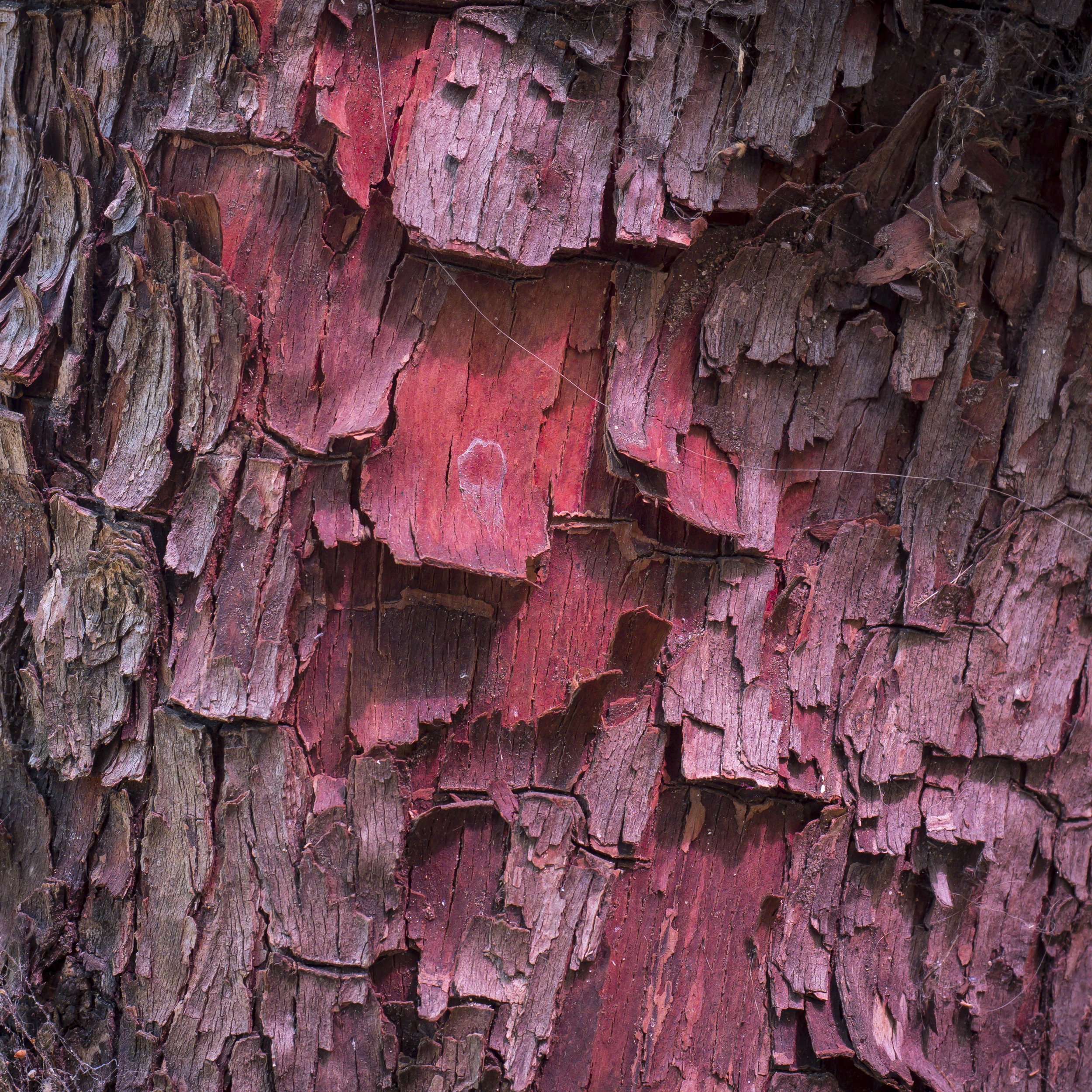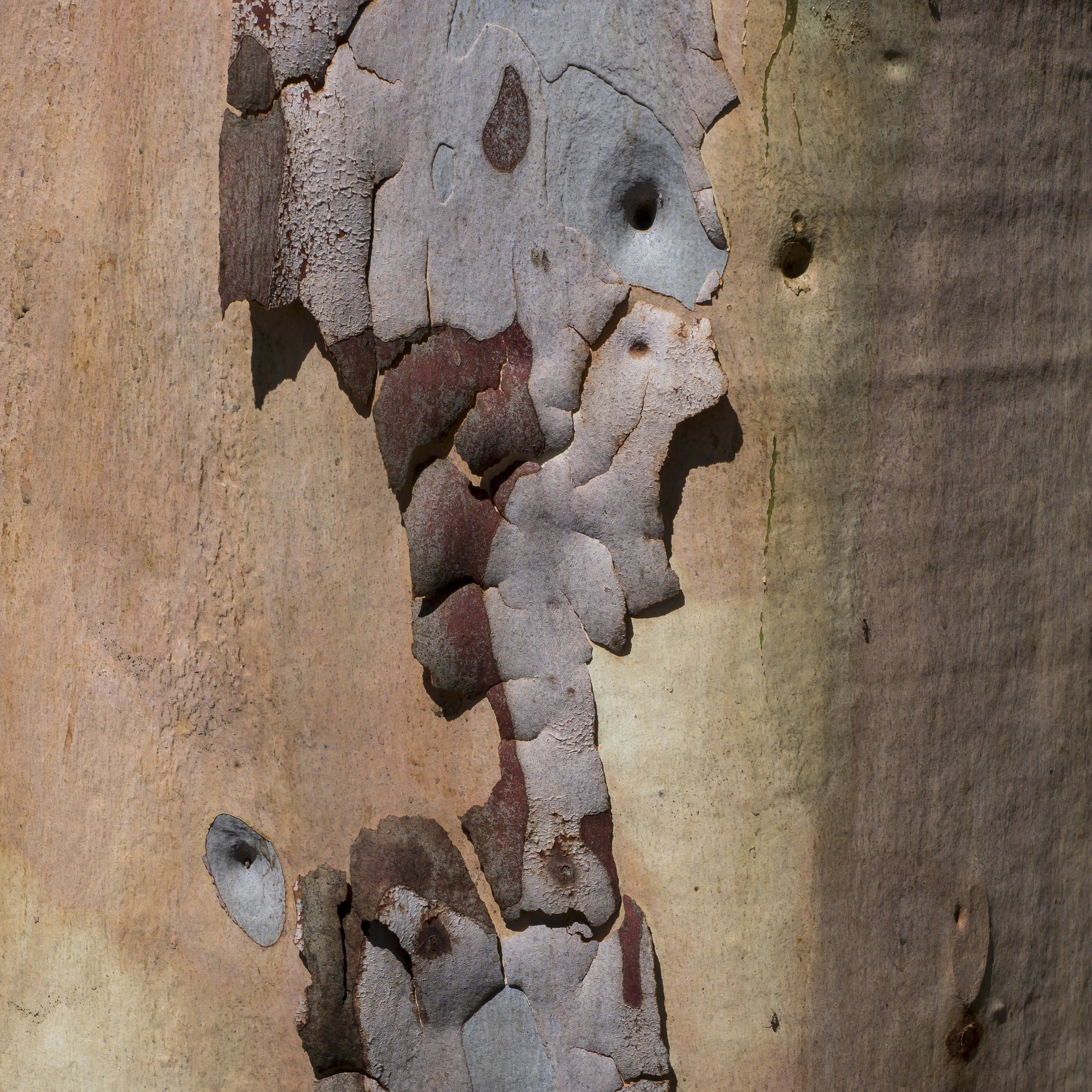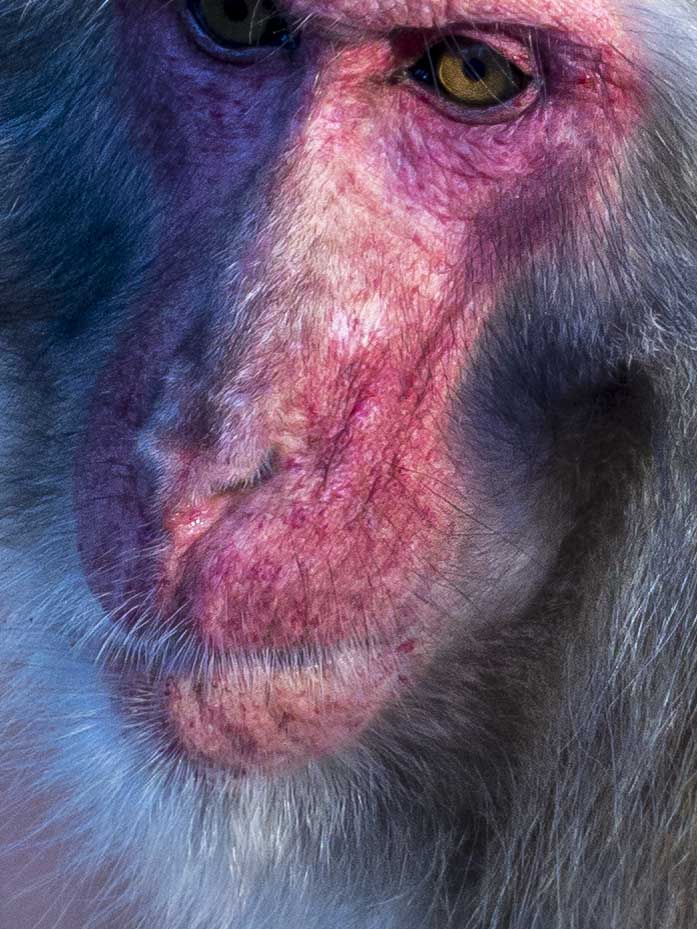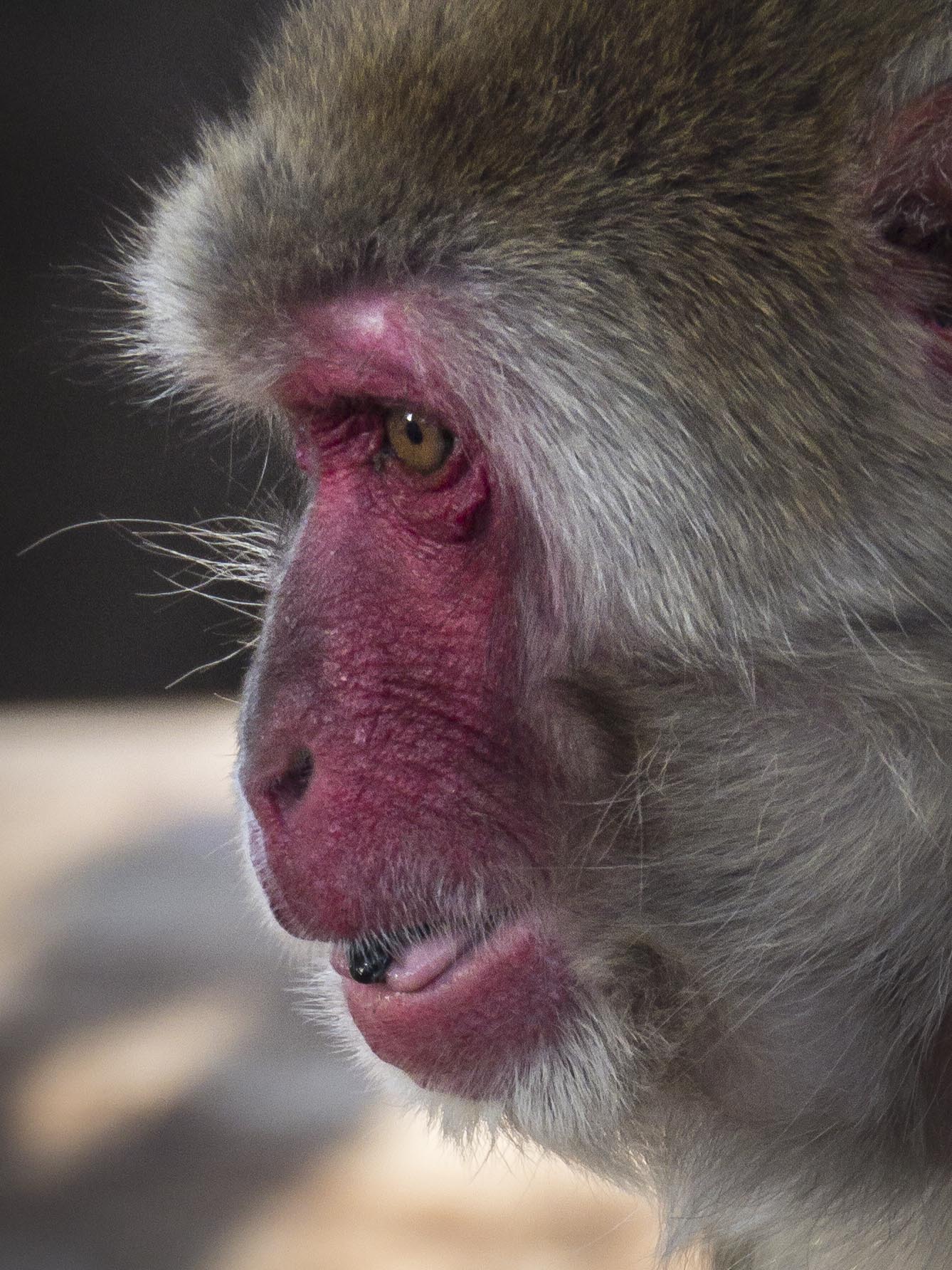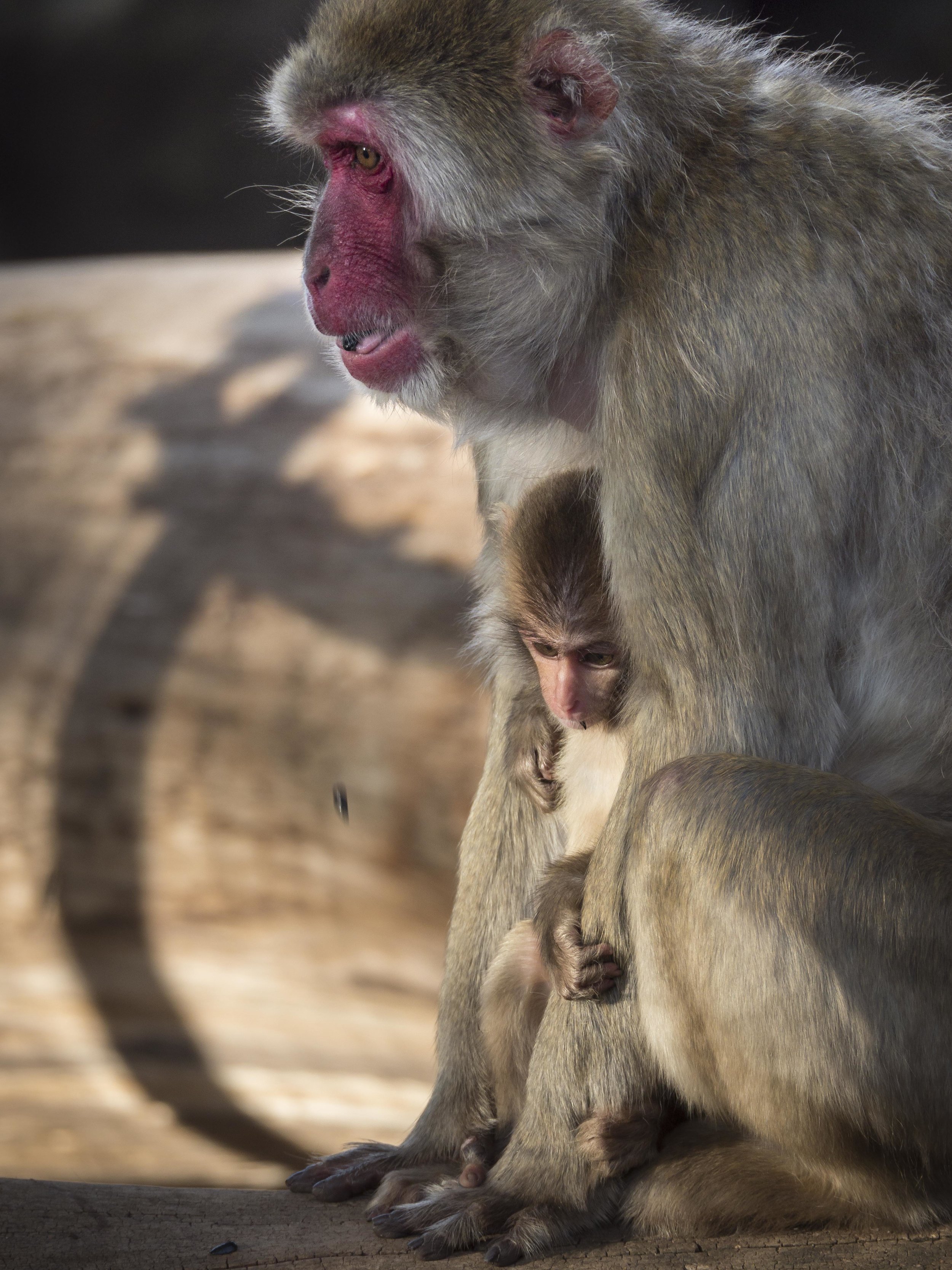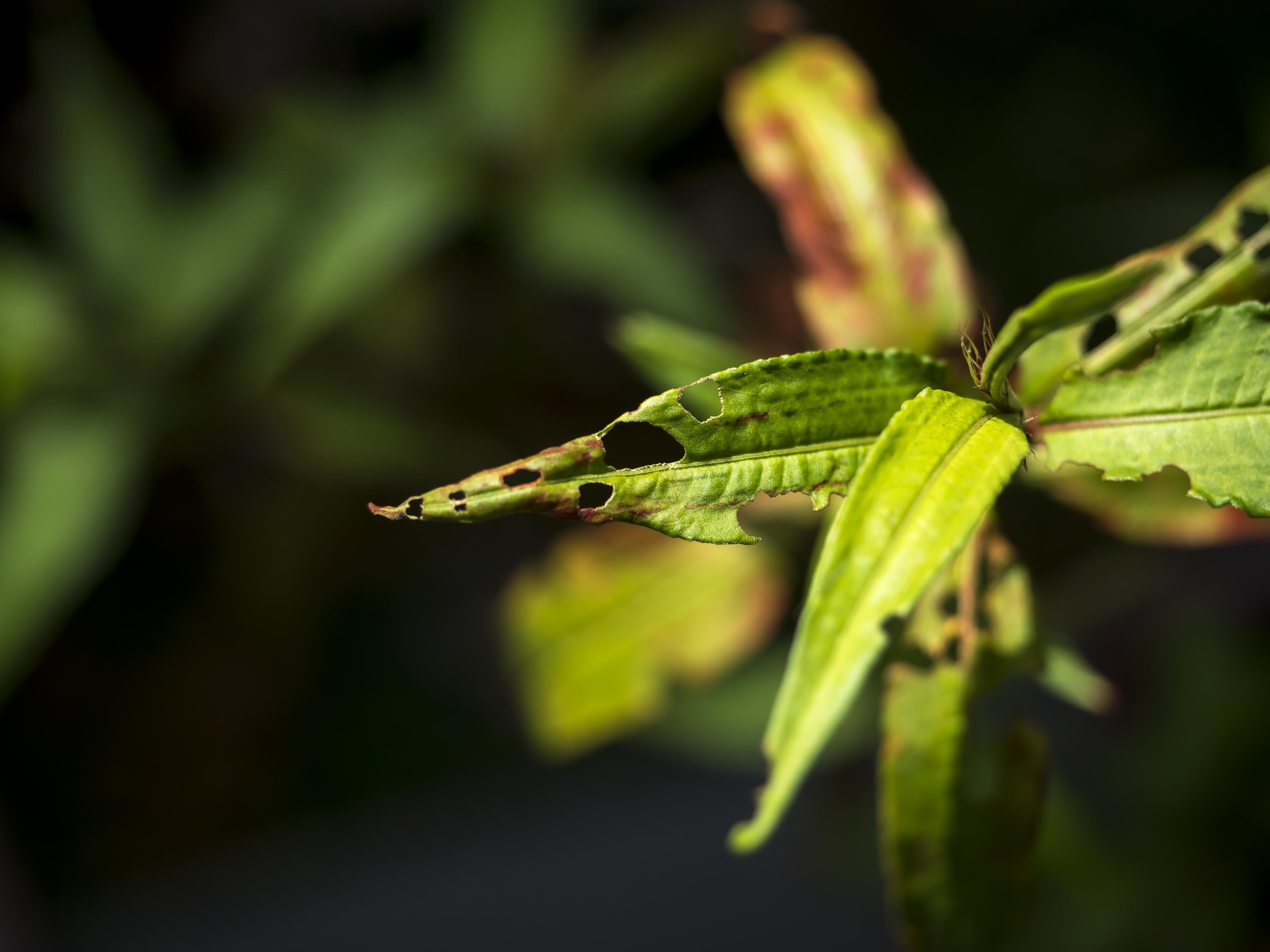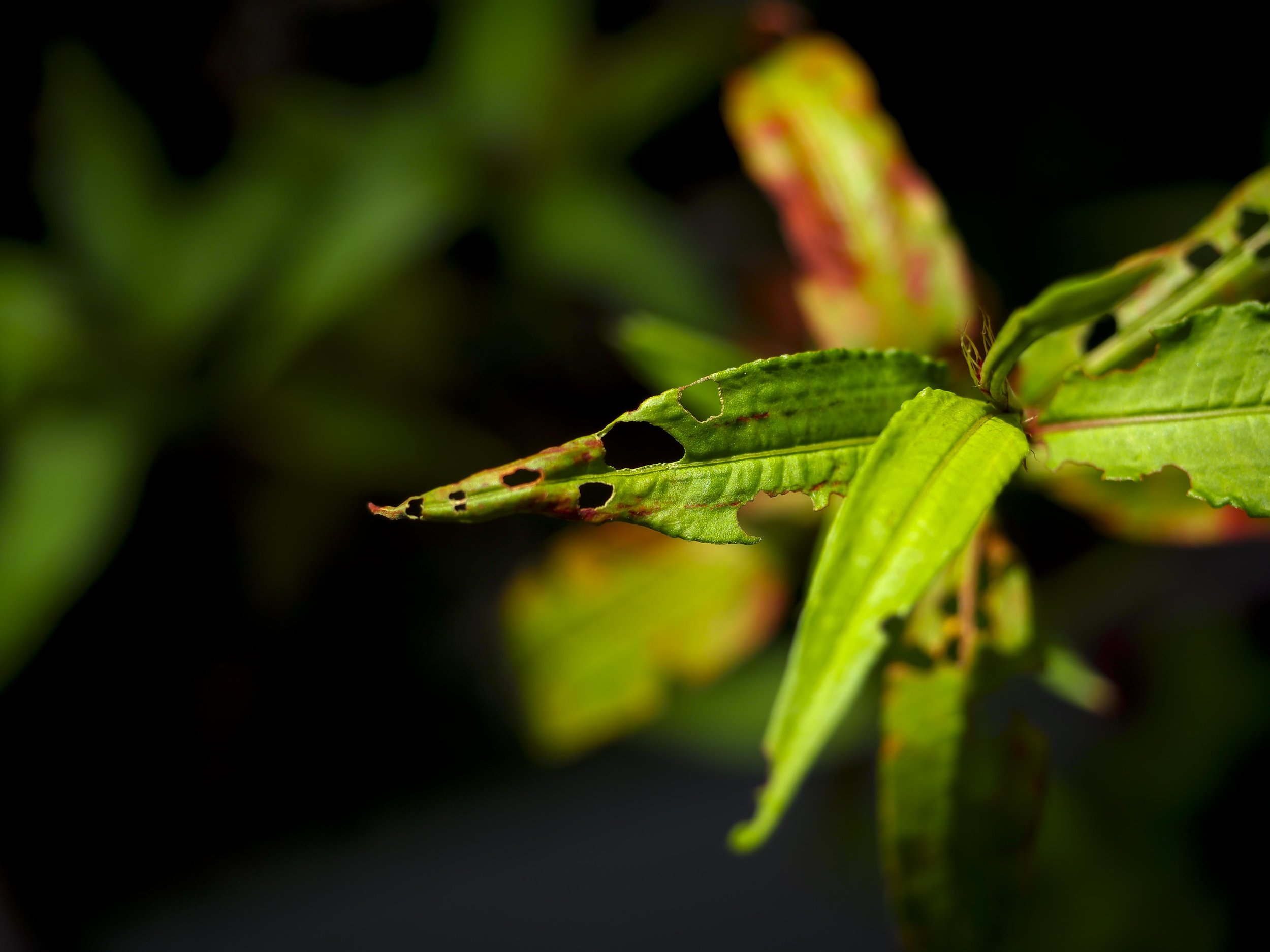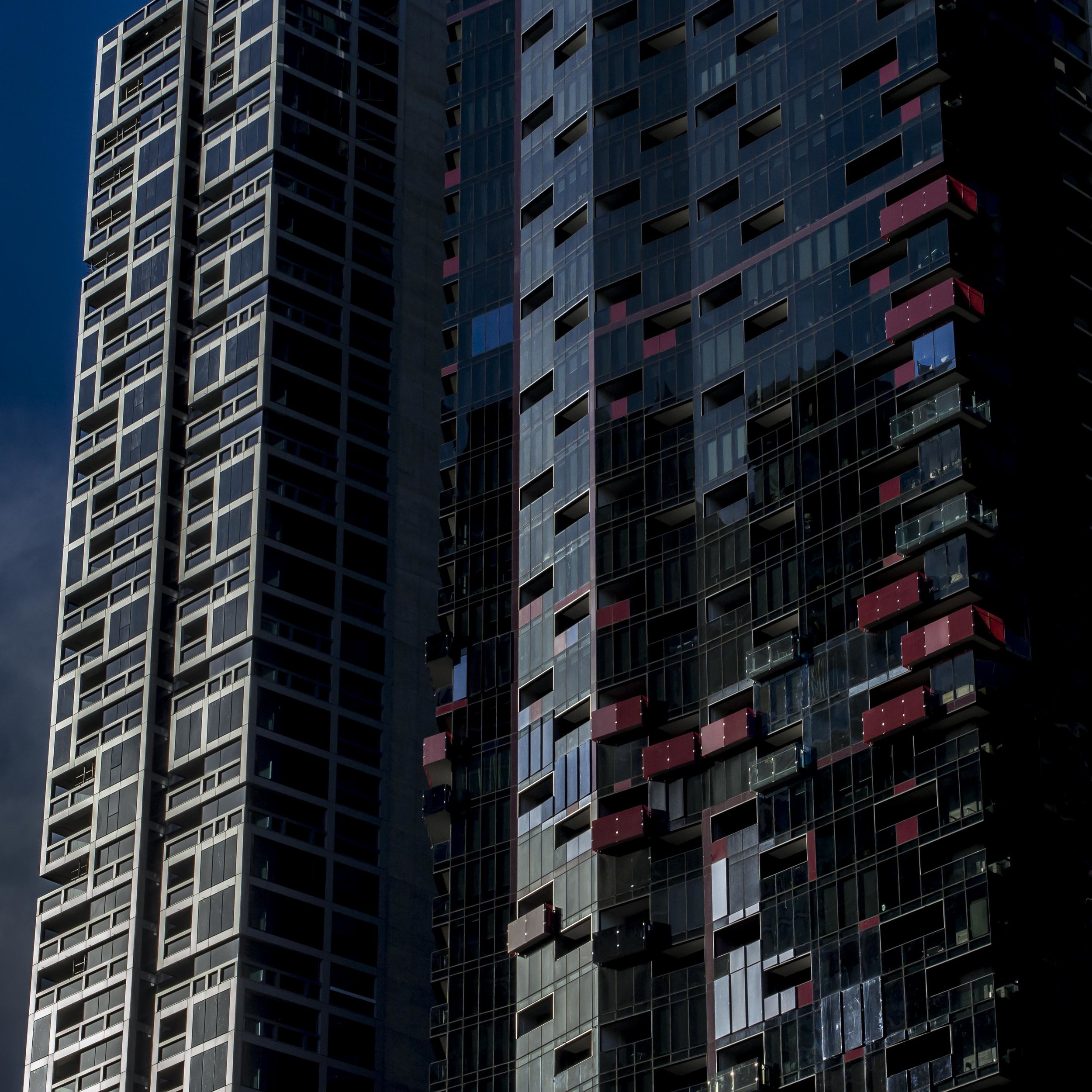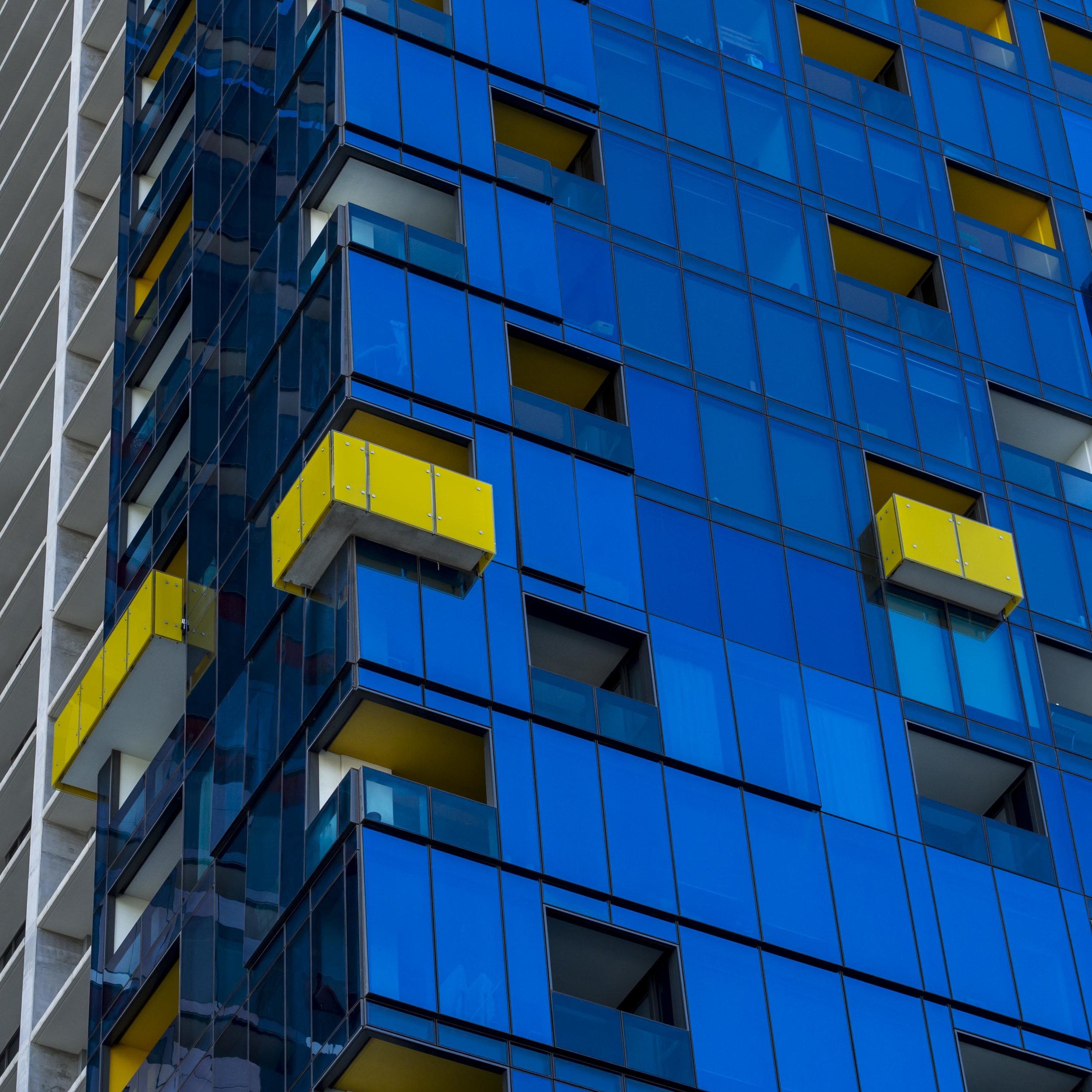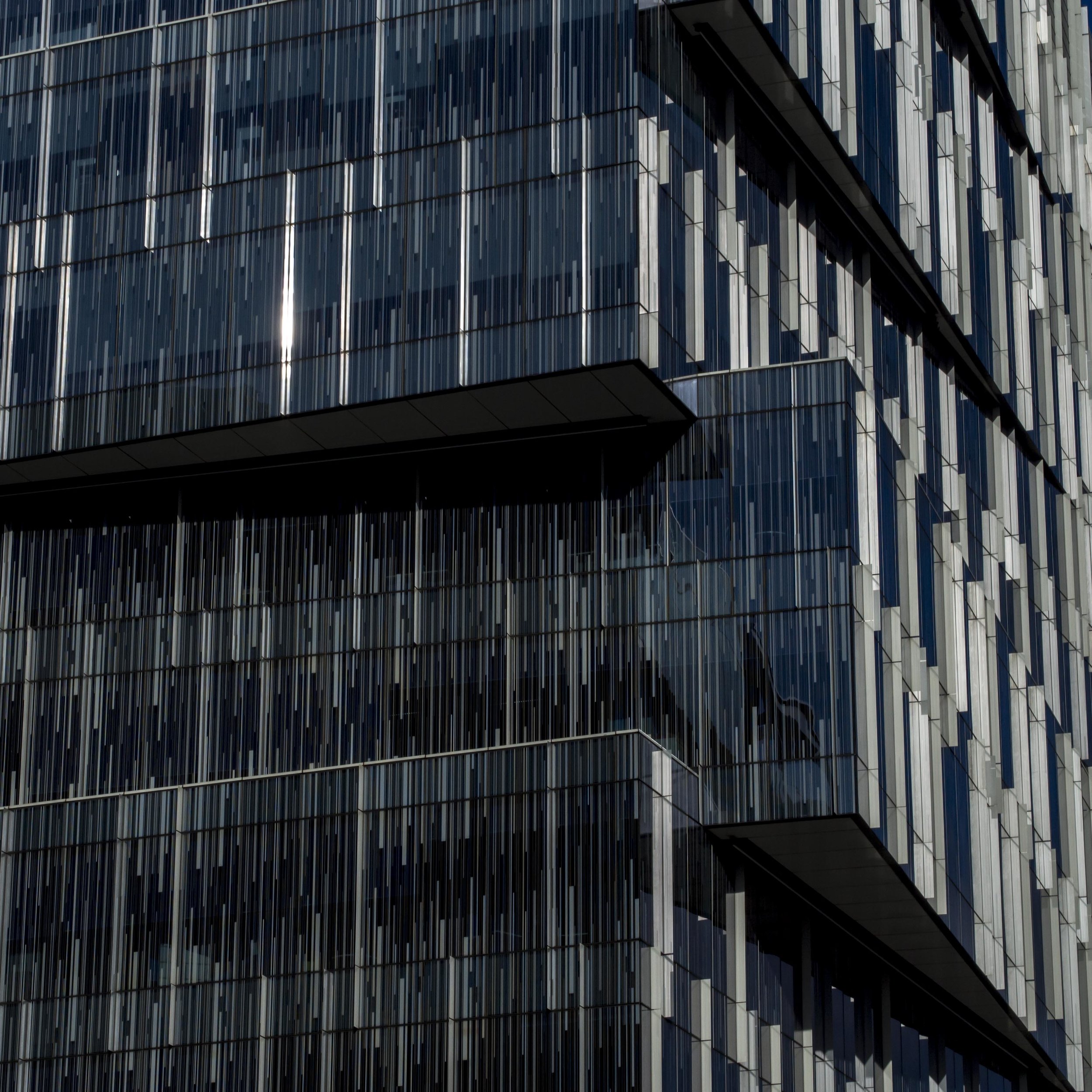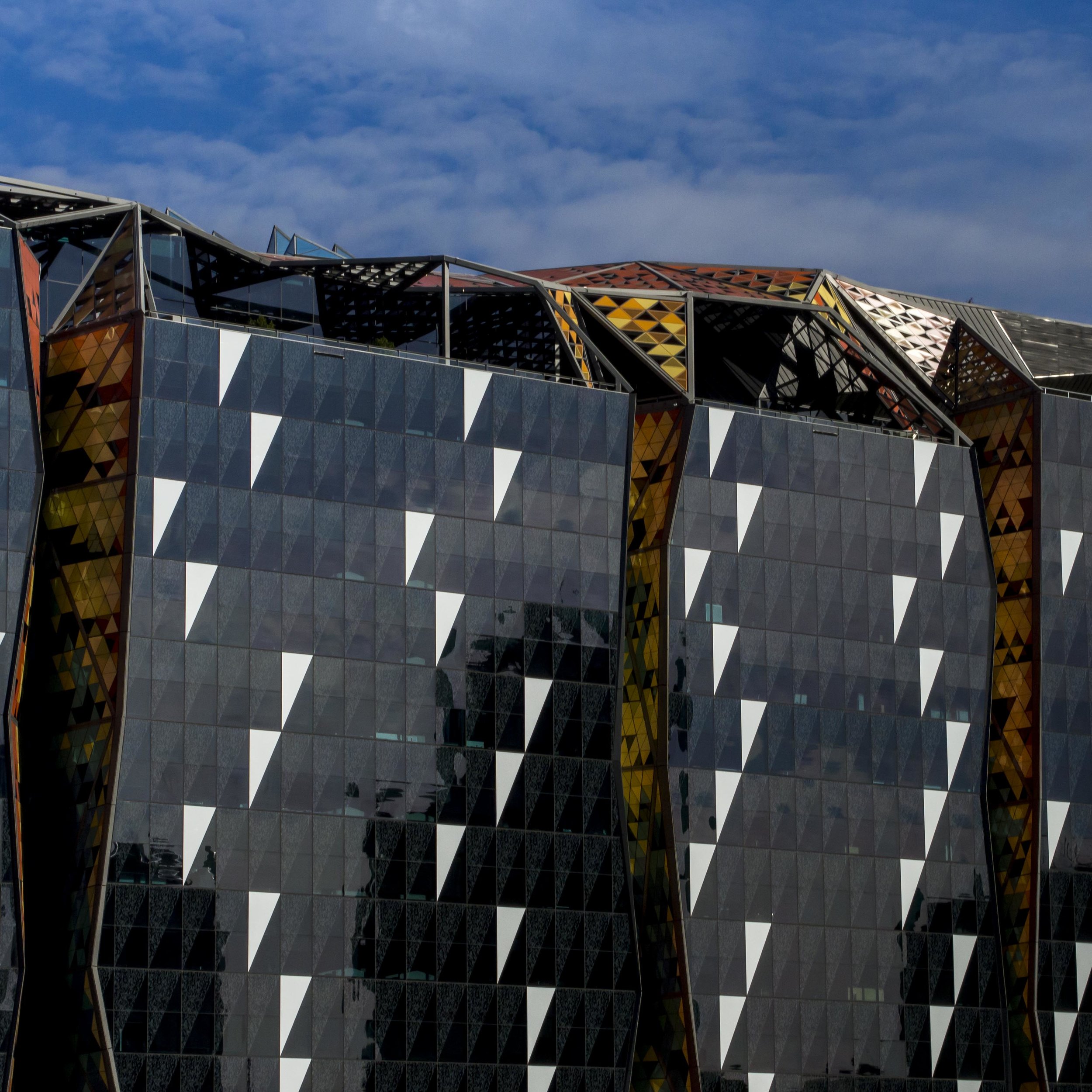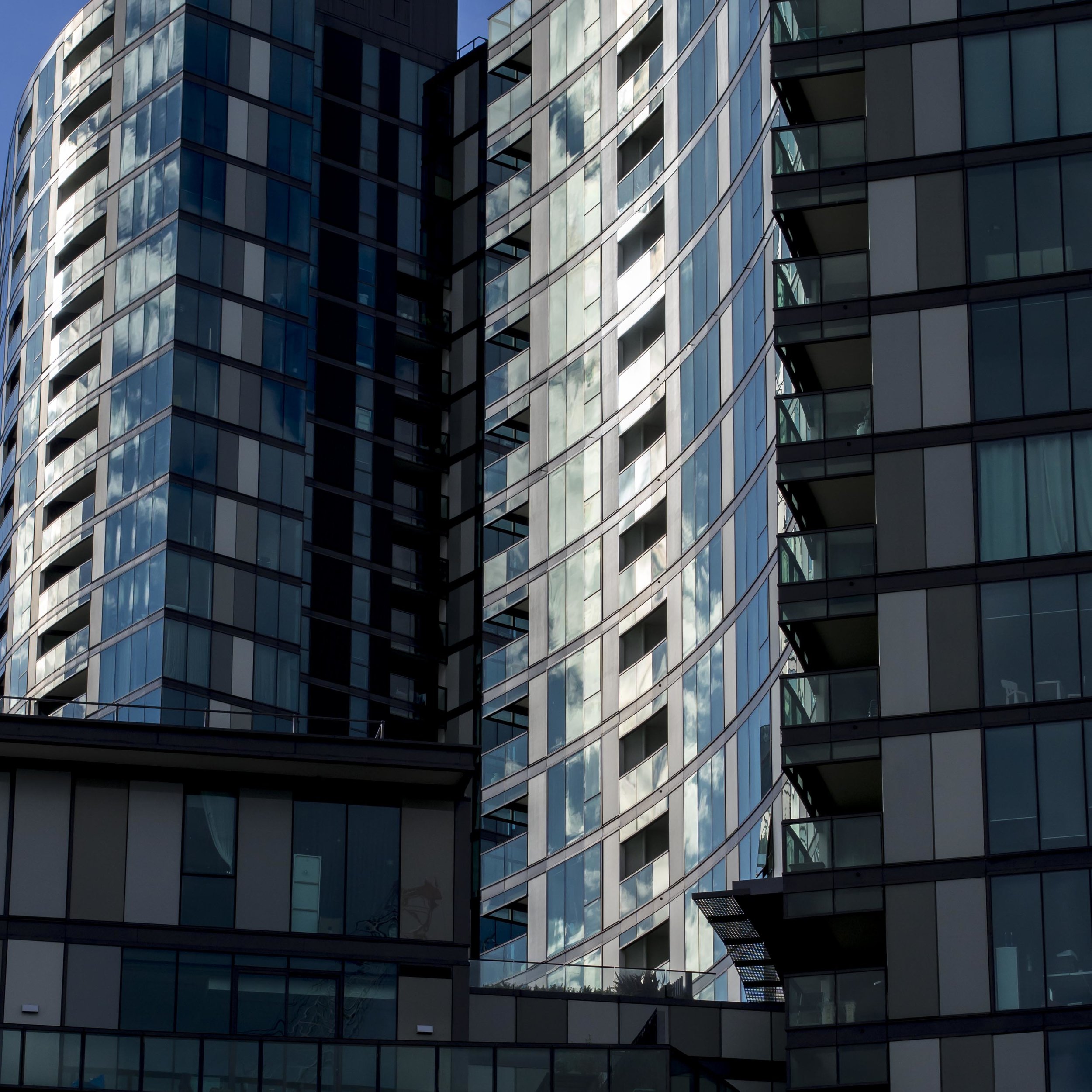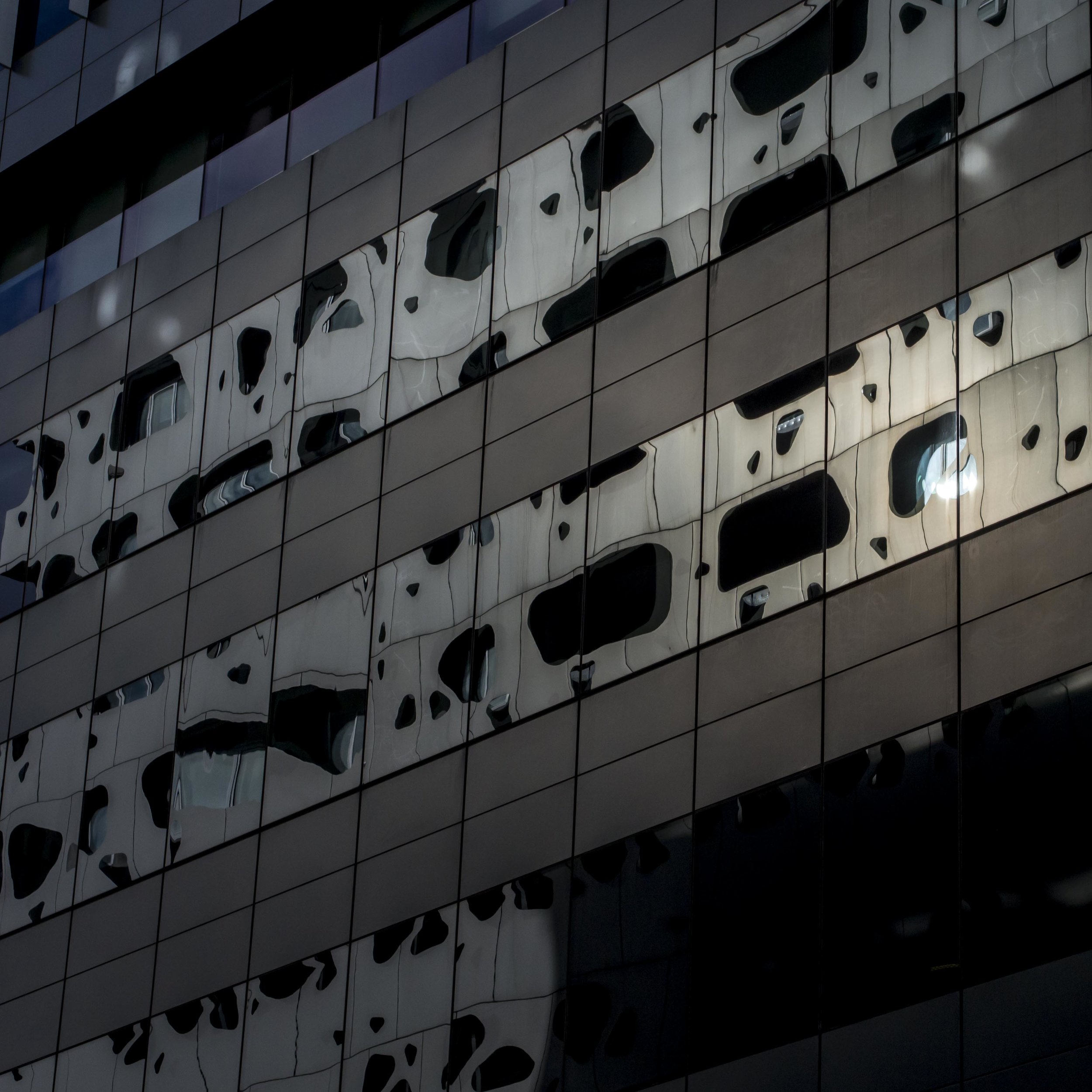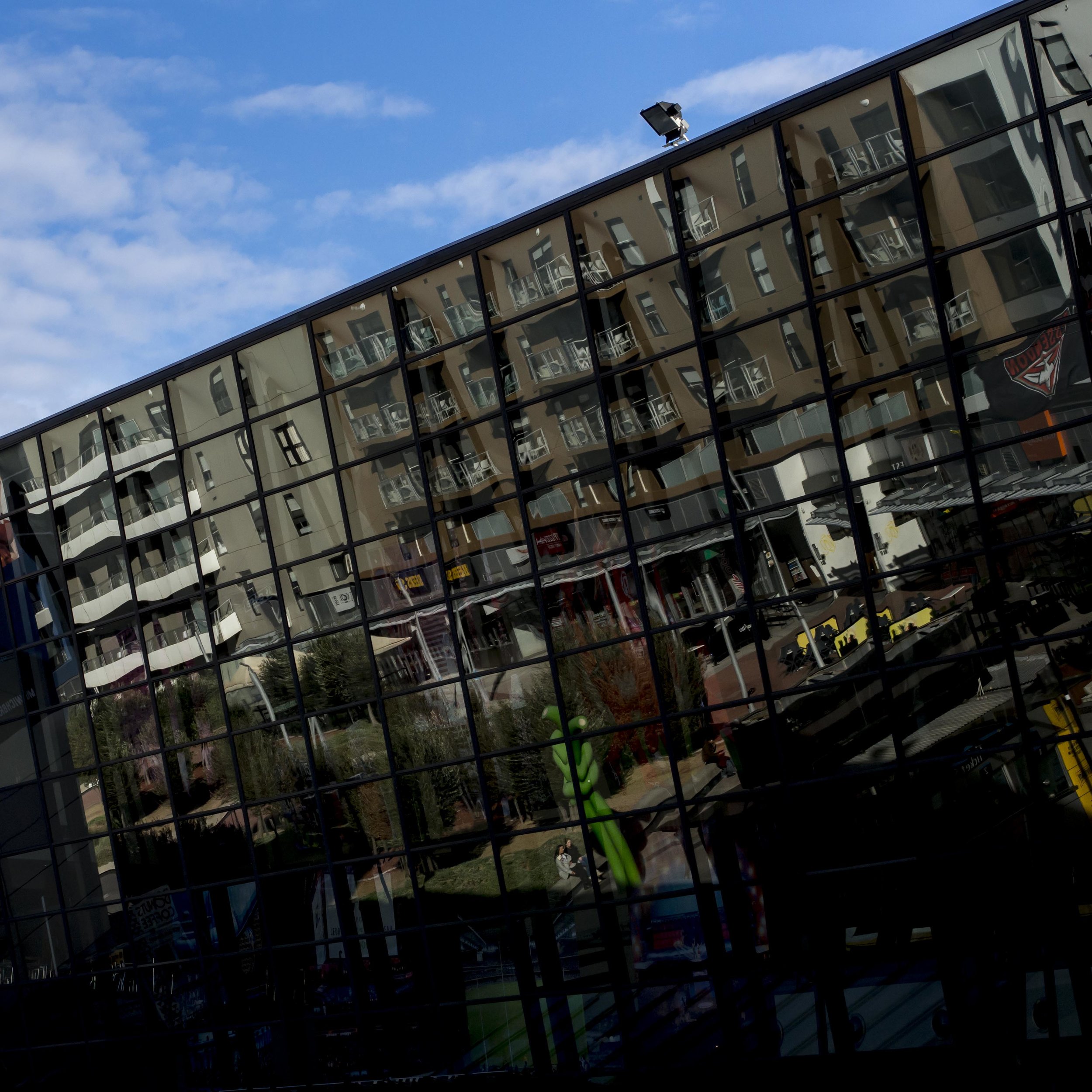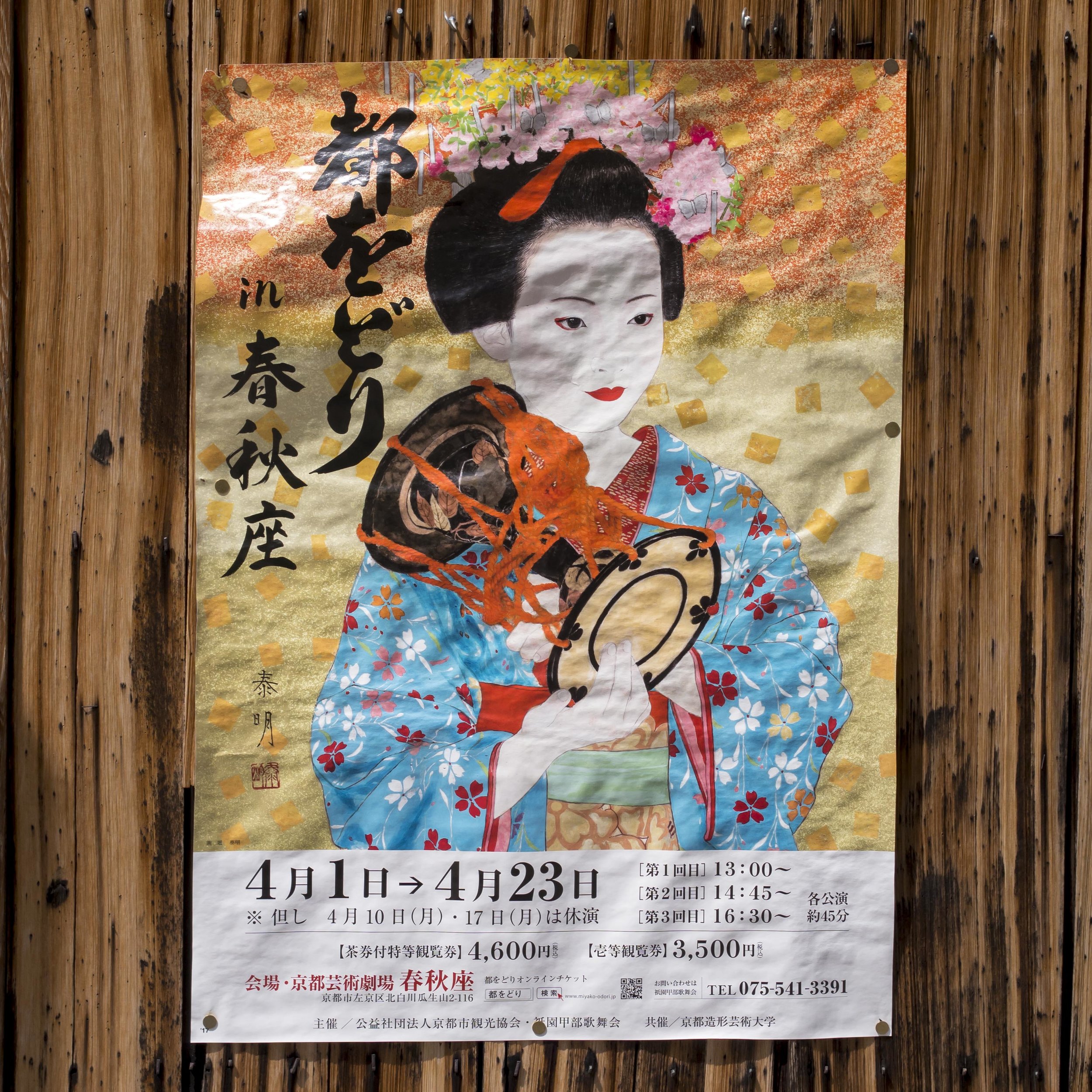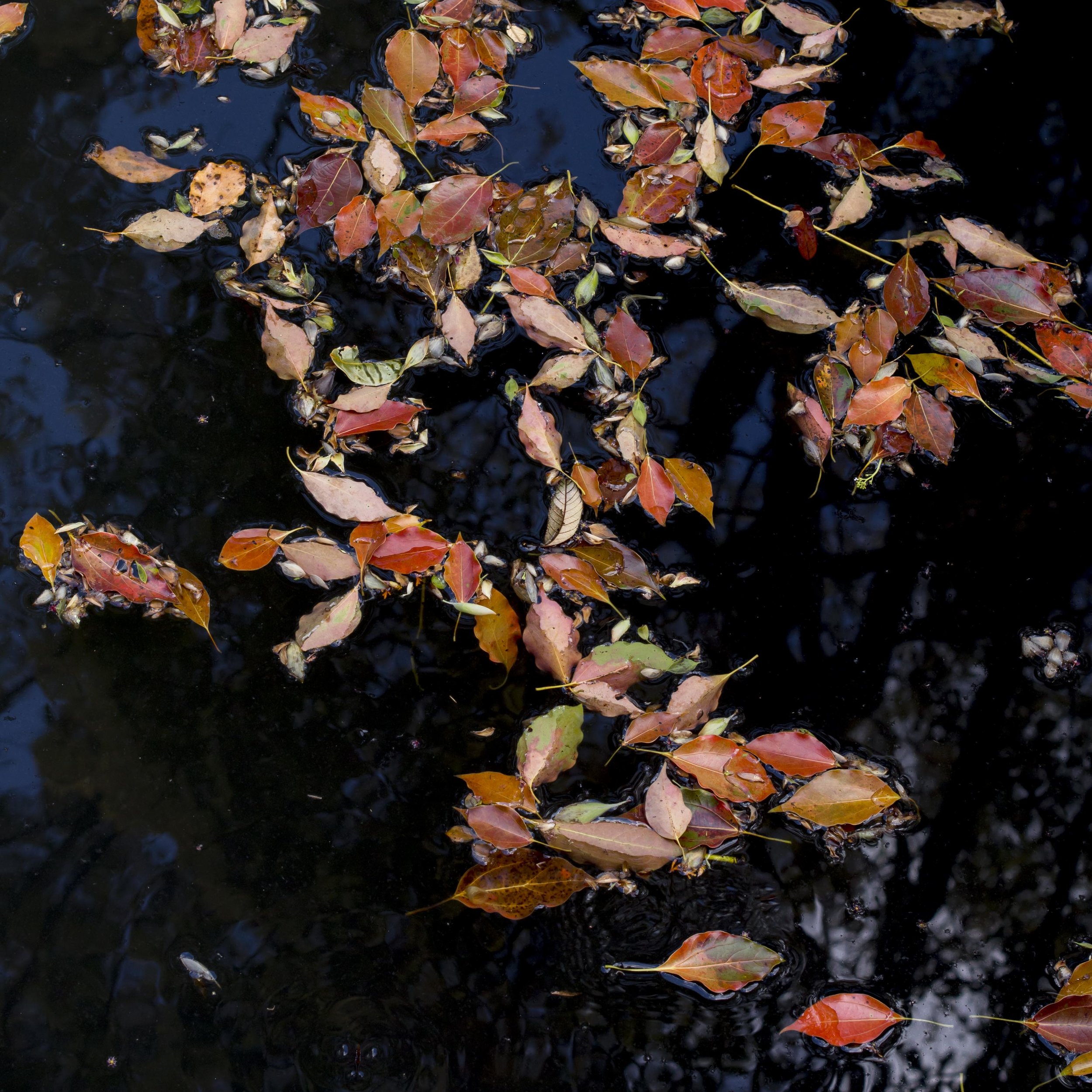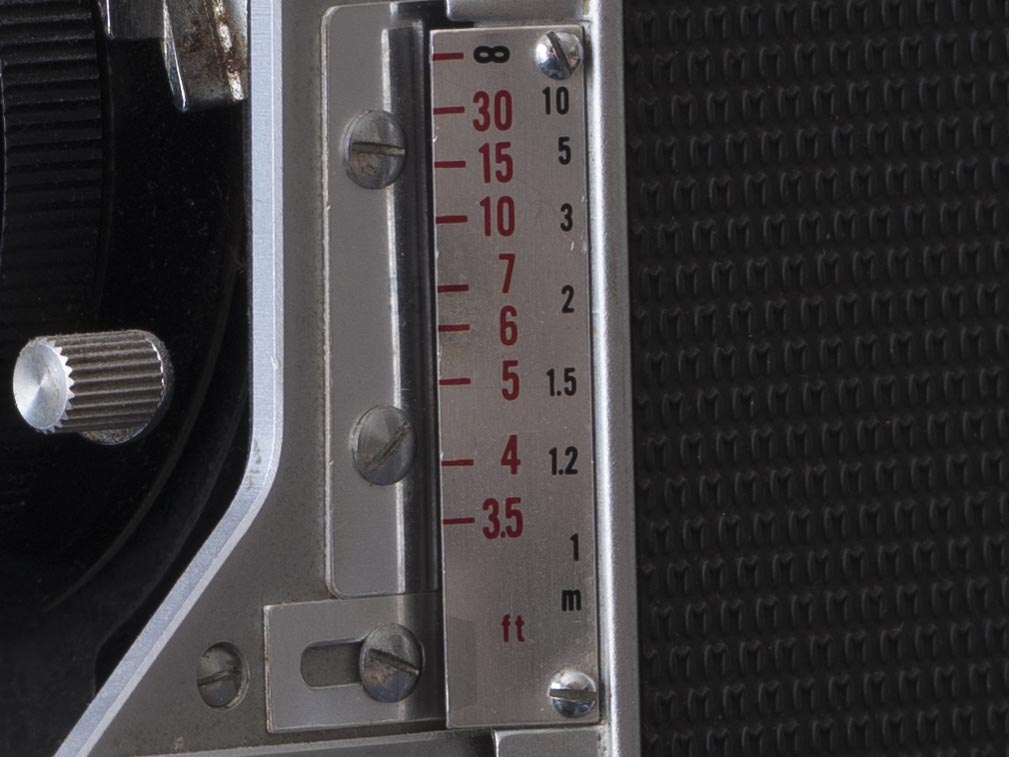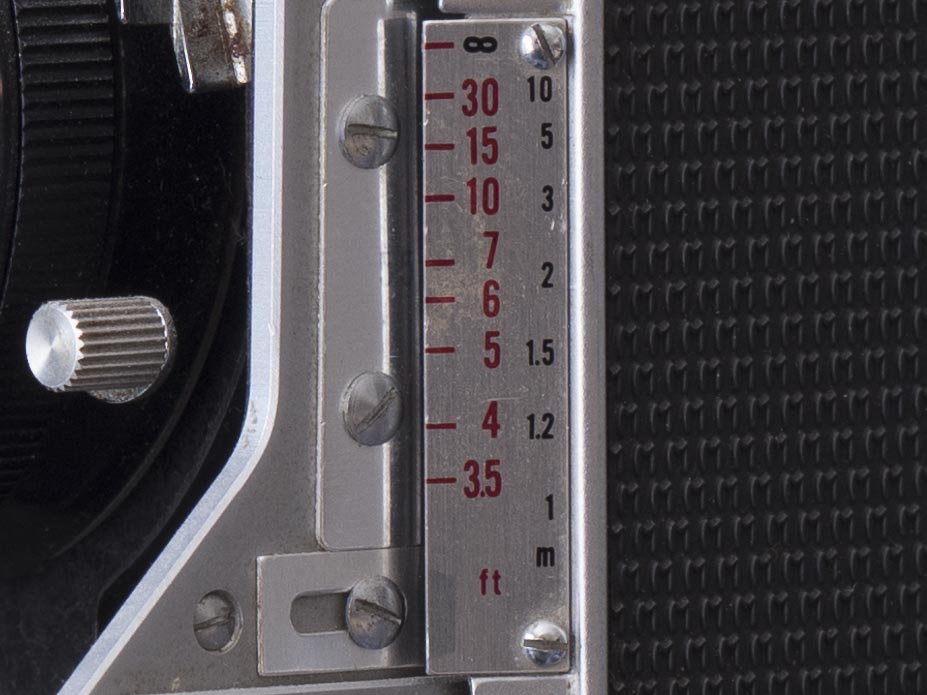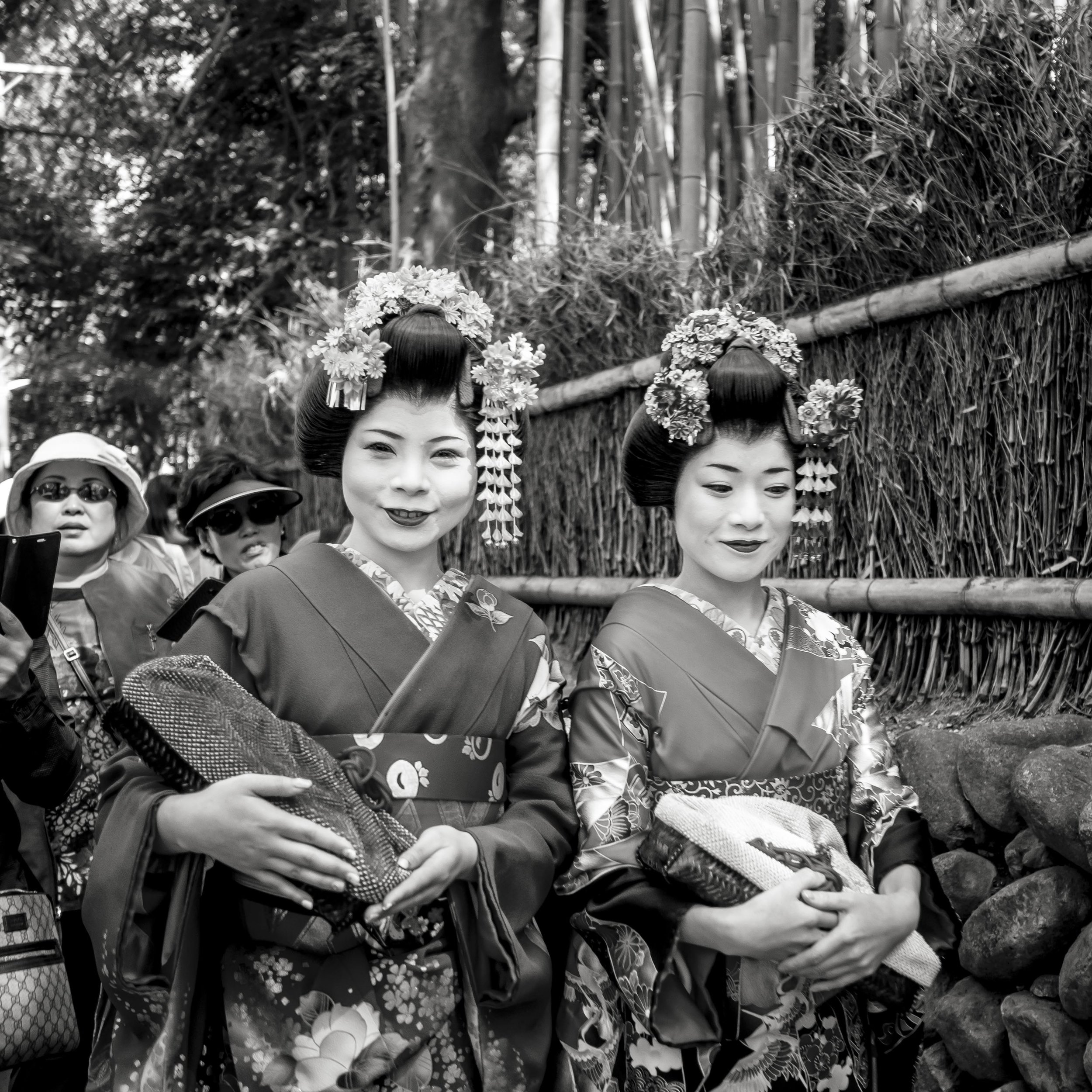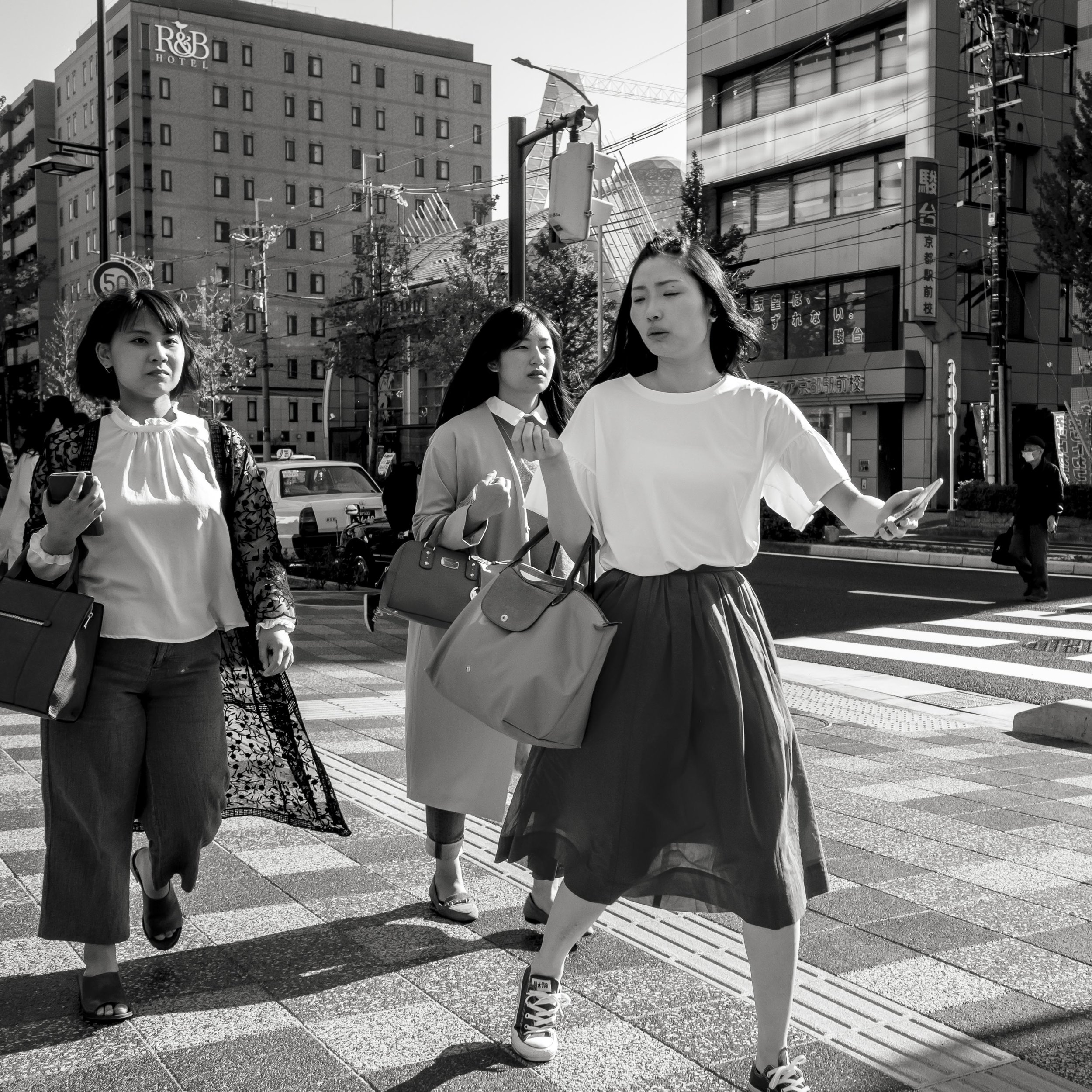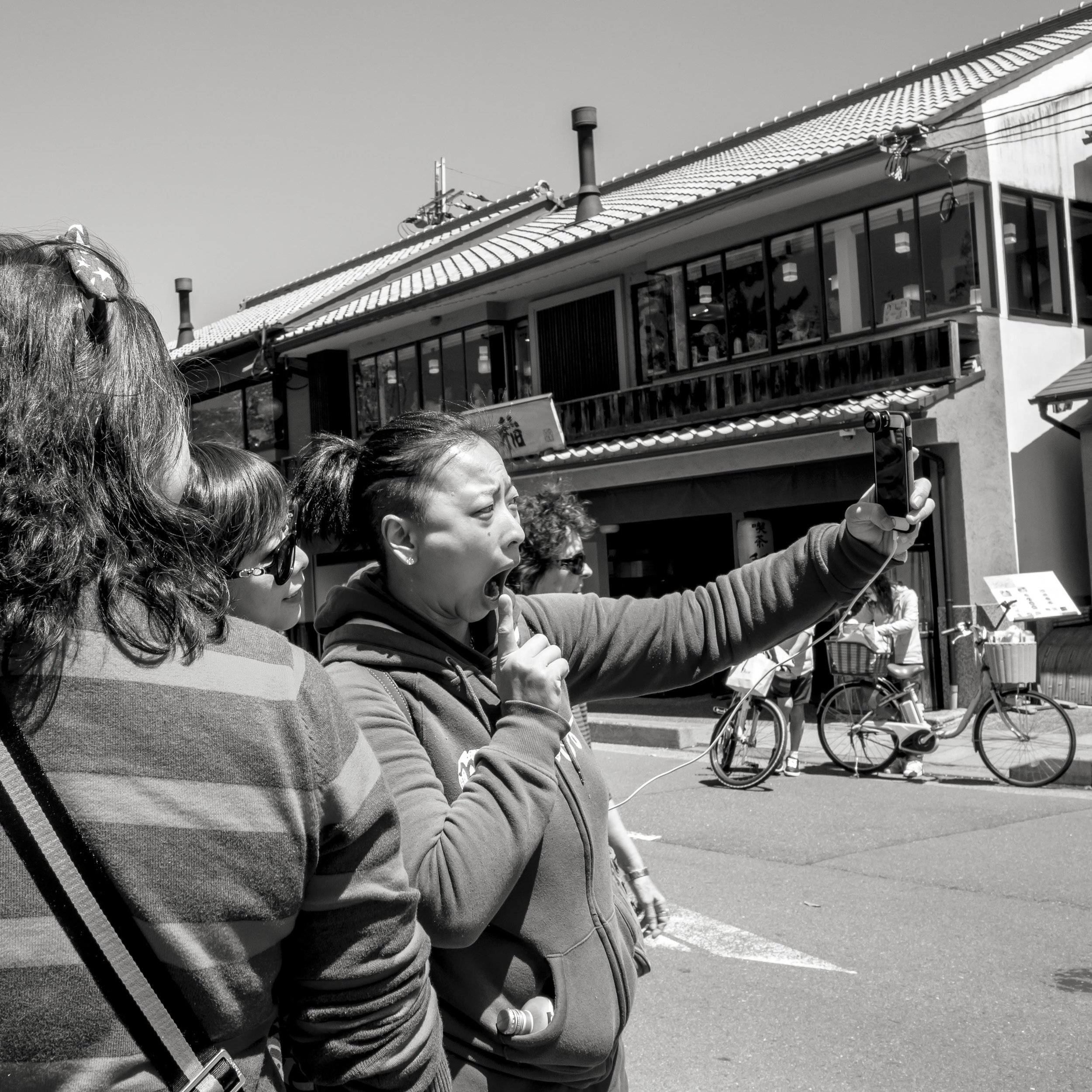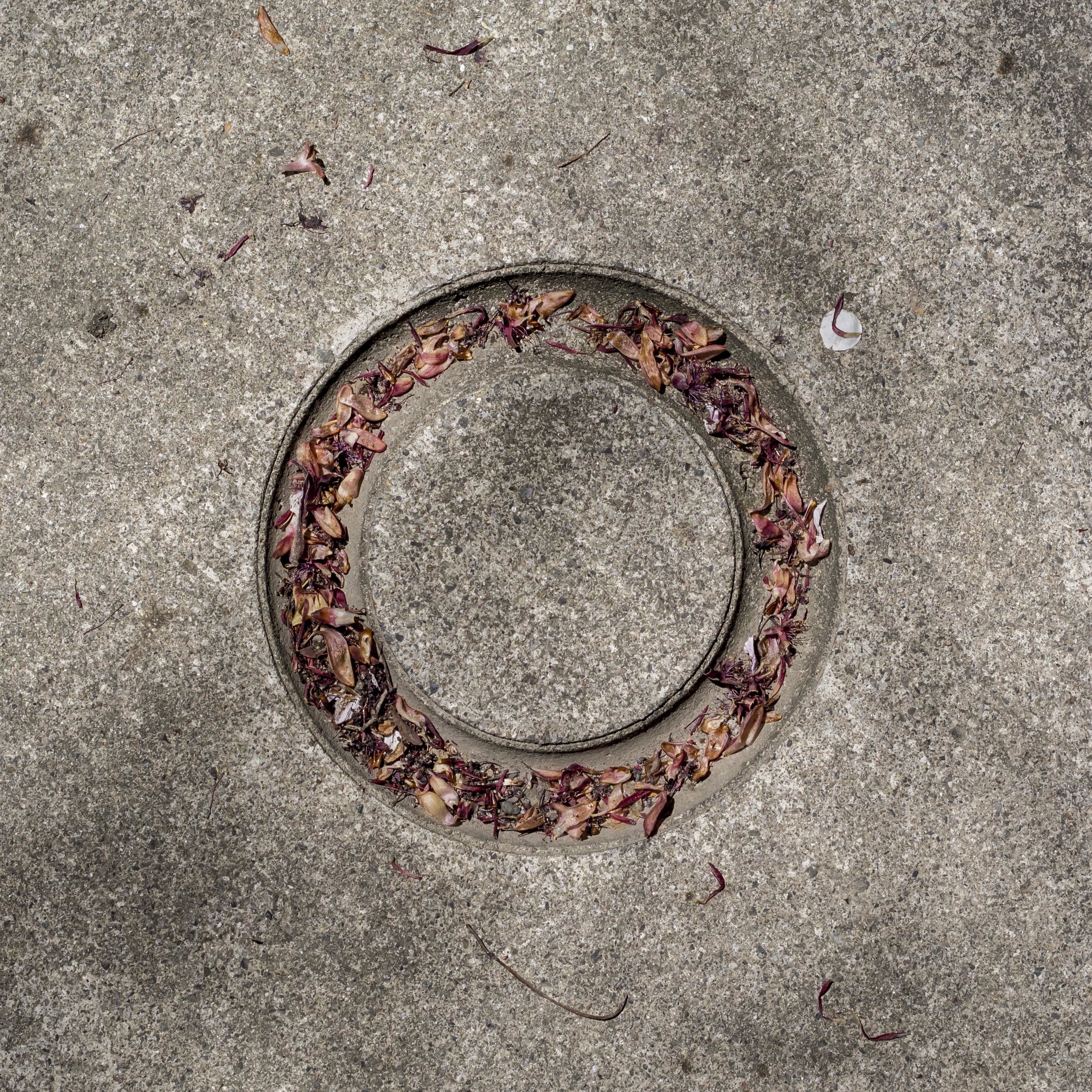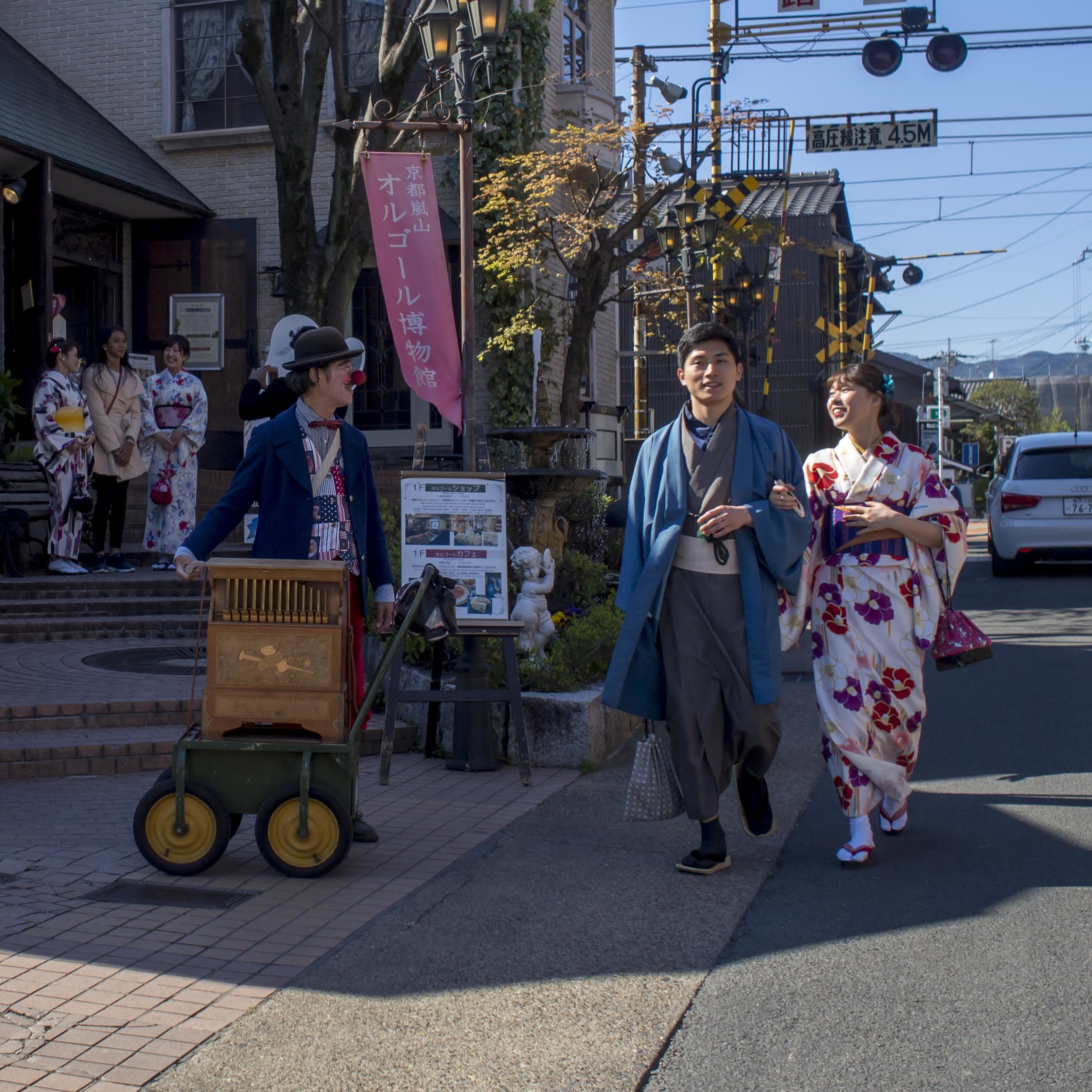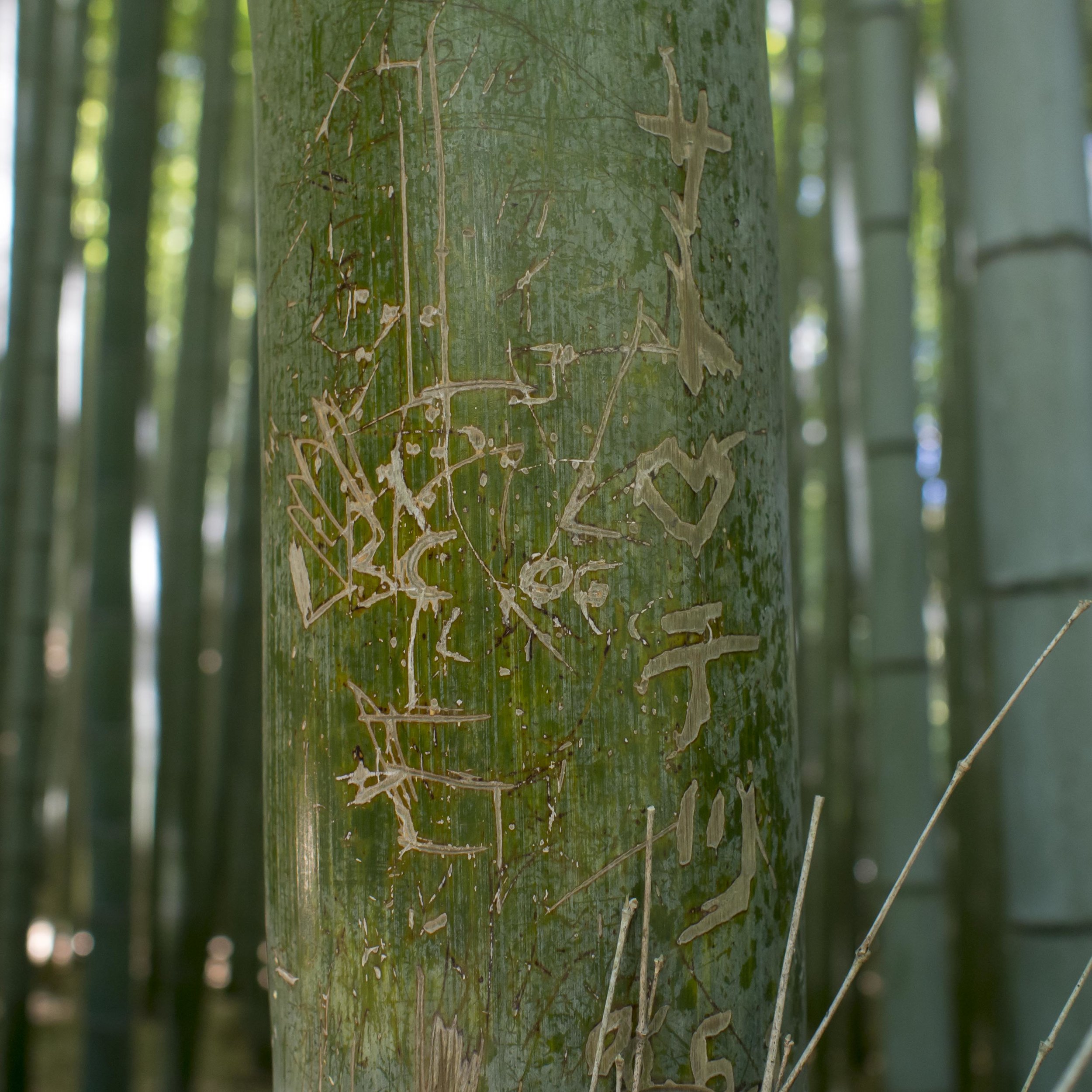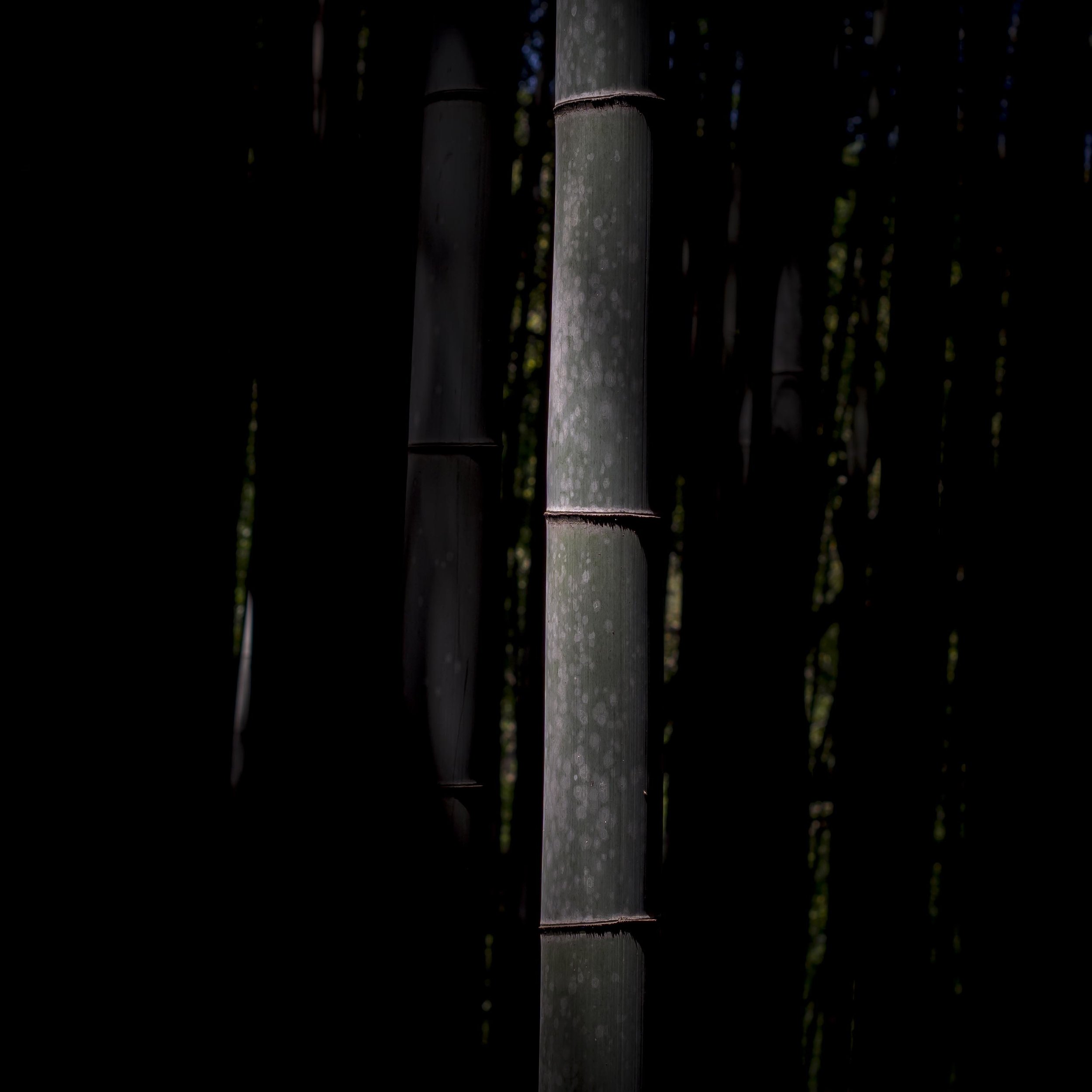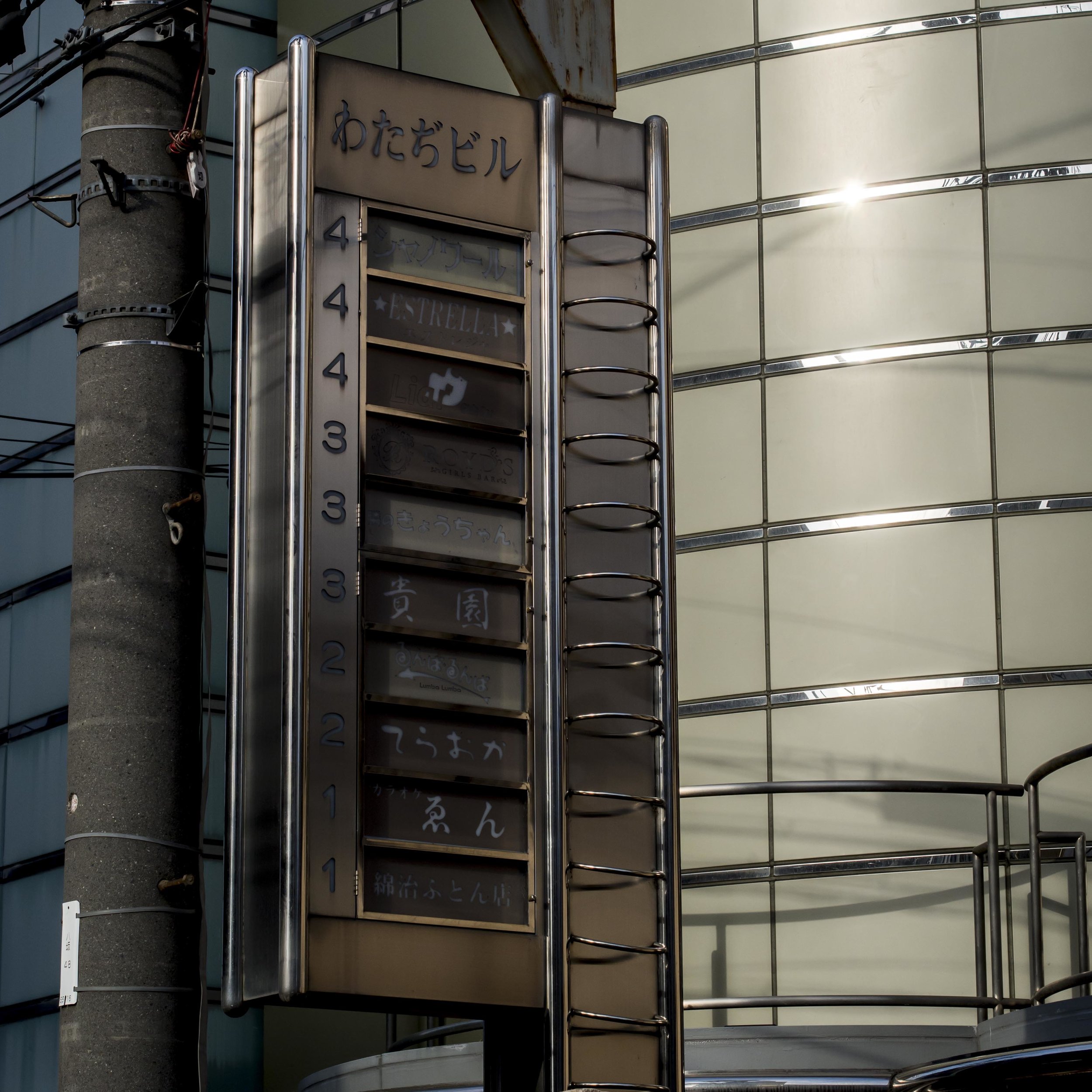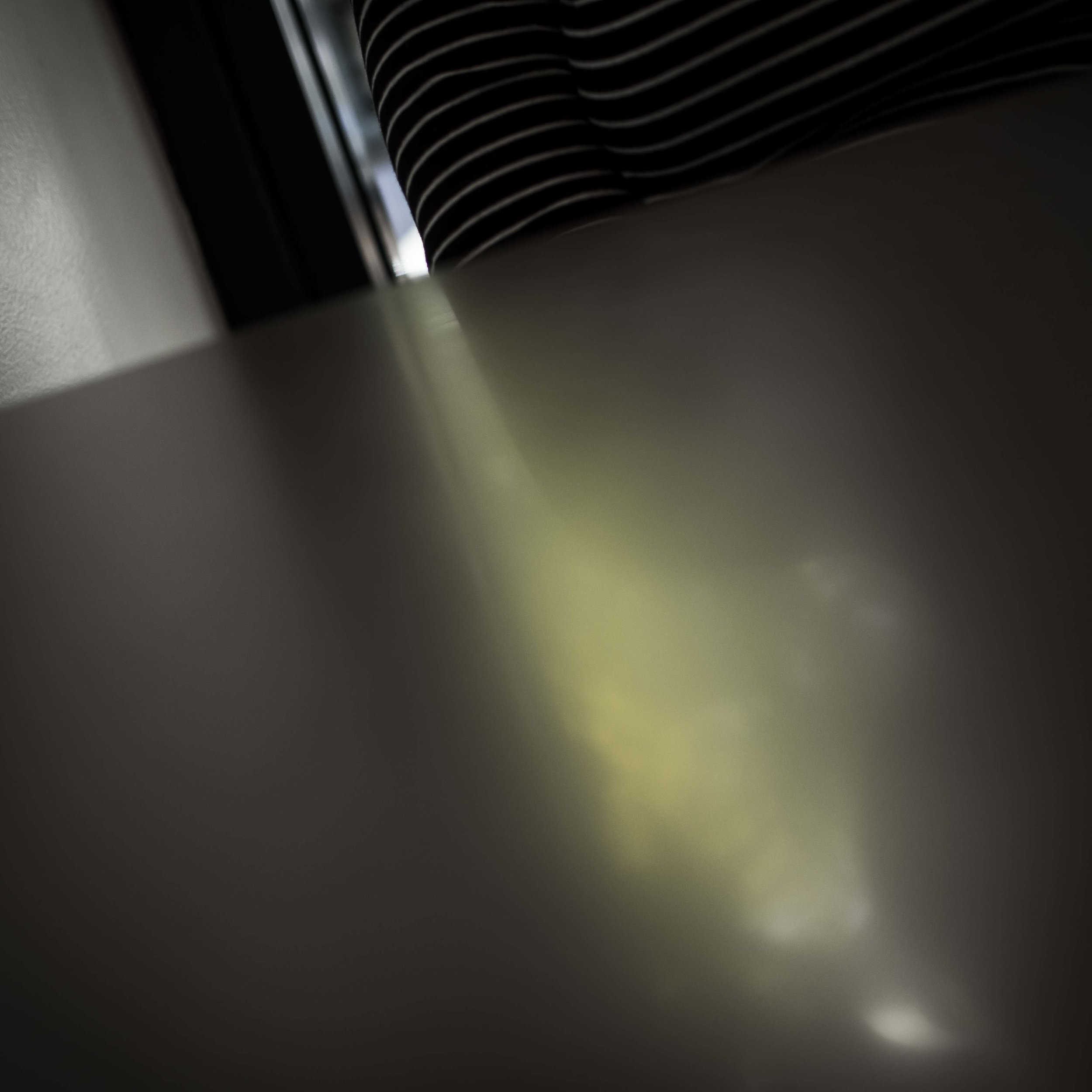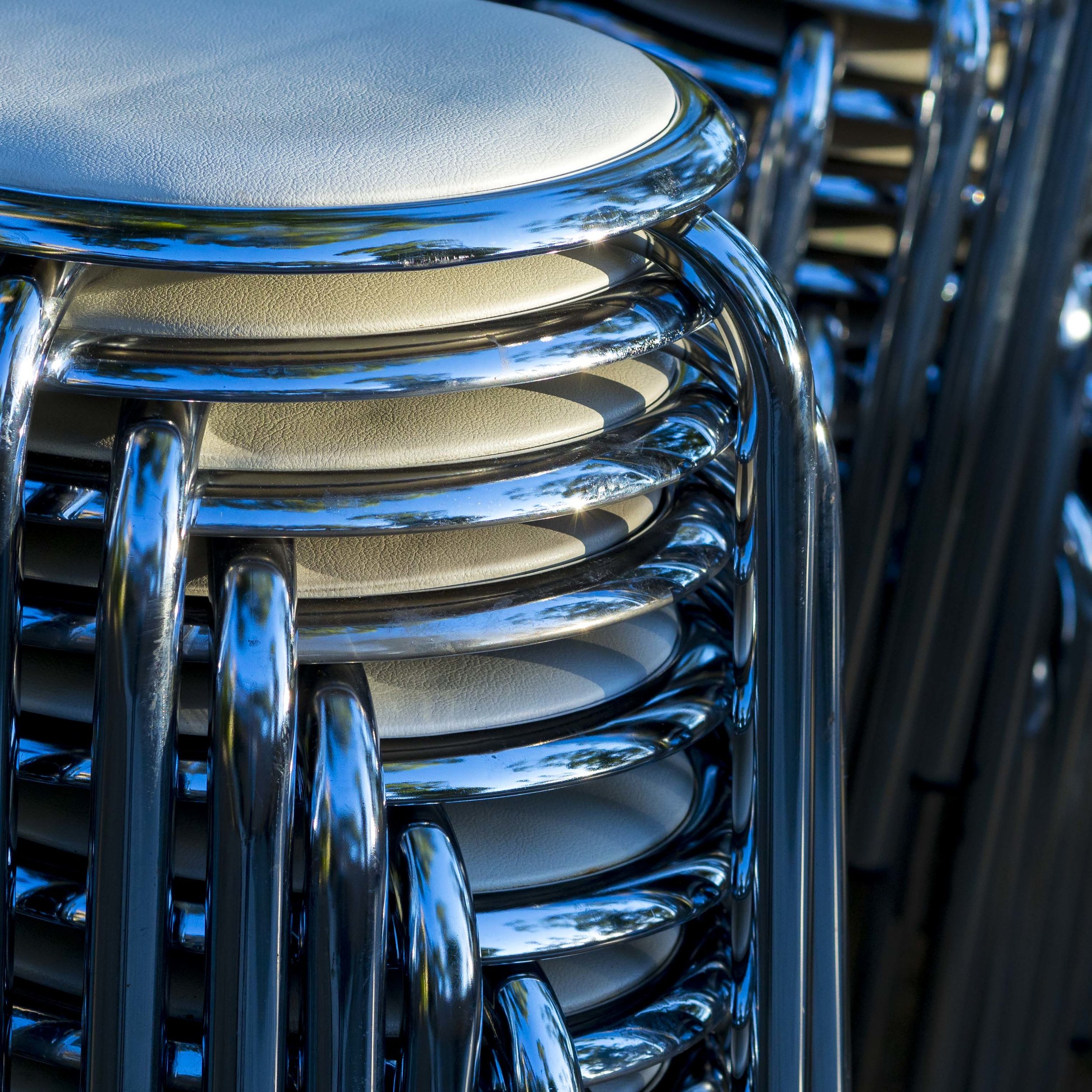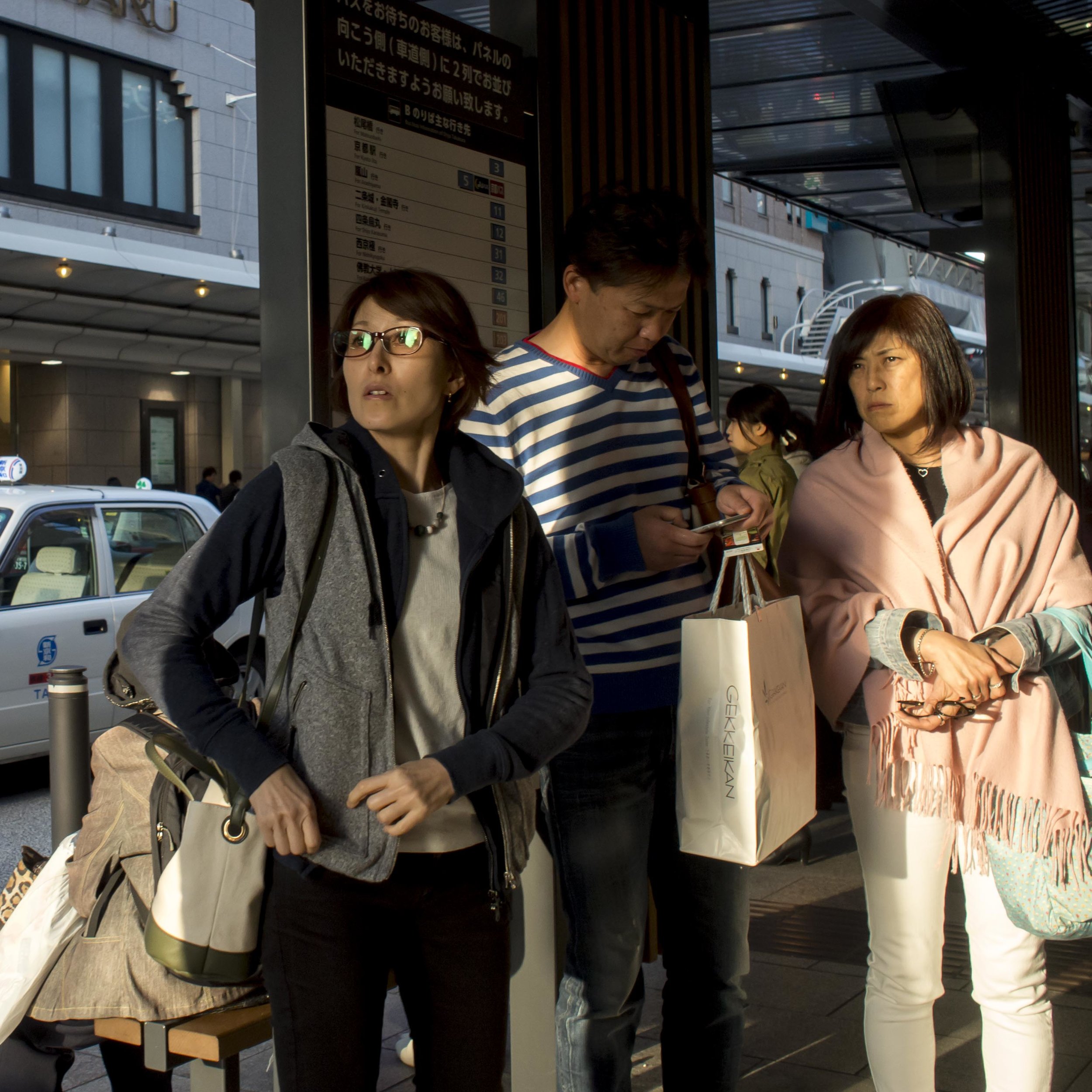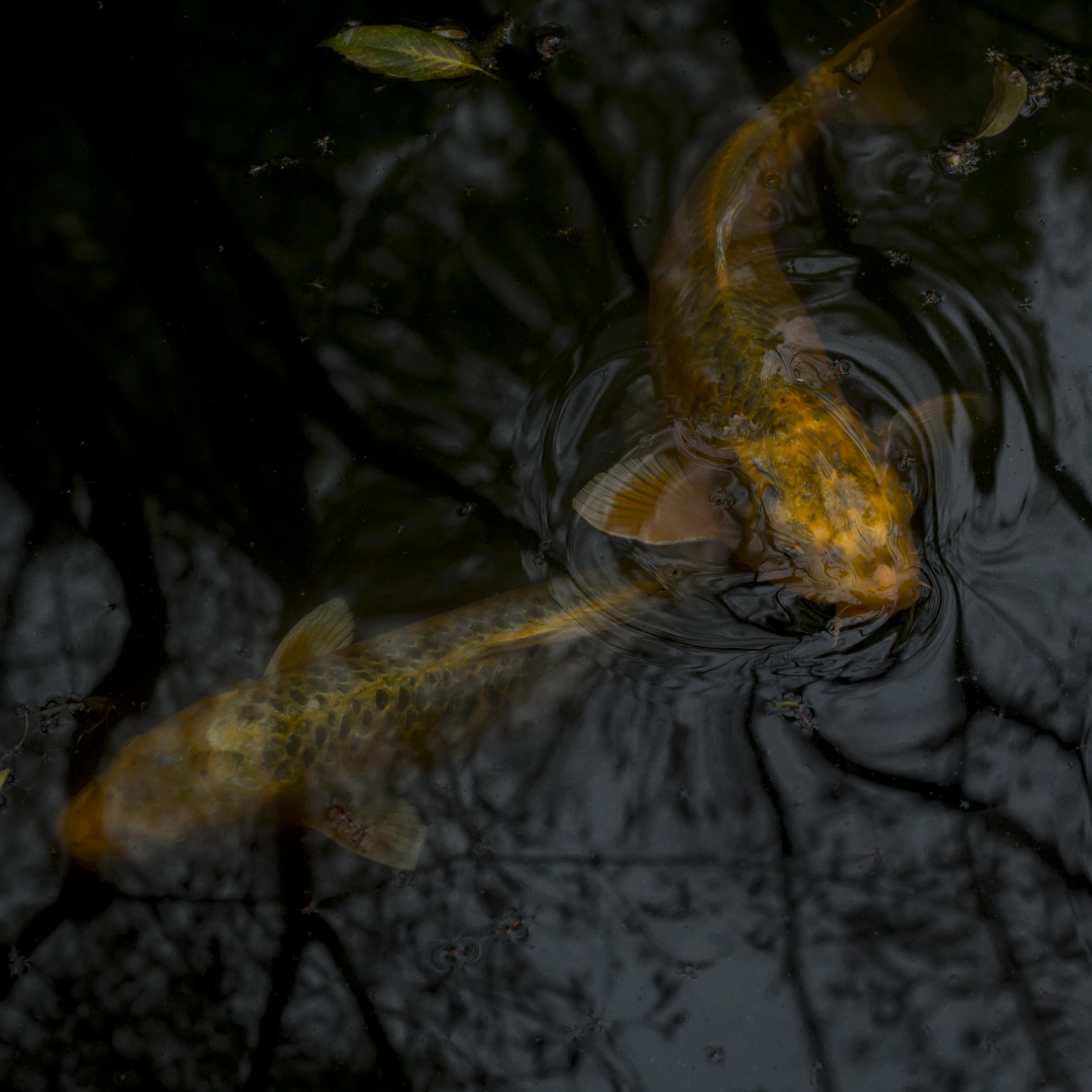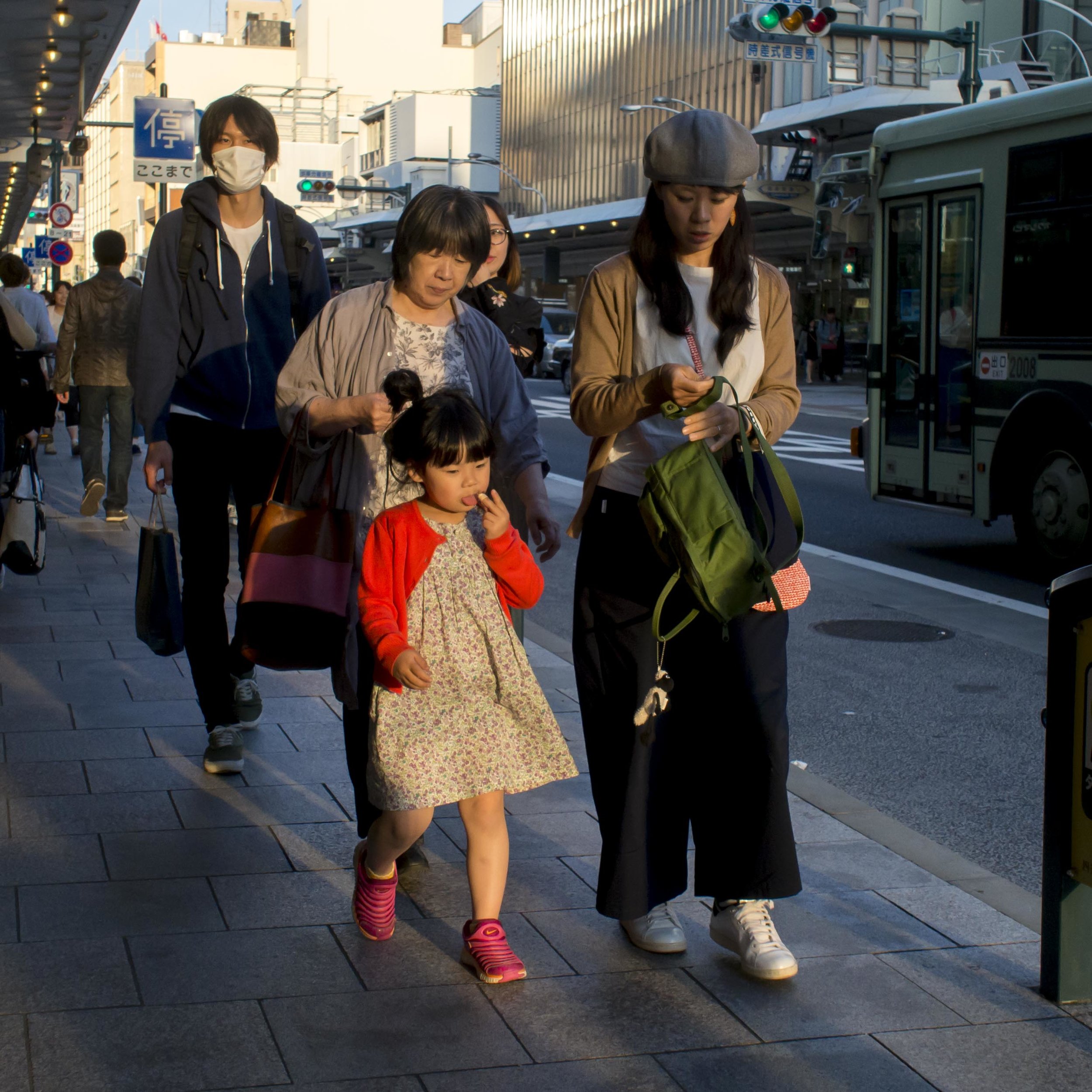Push and Pull
Looking at drastic recovery from intentionally stuffed up SF jpeg files from the EM1.
The top row is recovered form +2.5 stops. The colour shift (CA from the 25mm?) is ugly in the original, but fixable and the file is clean.
The bottom row is interesting though. Nice recovery from -2.5 and very little noise (ISO 400 exposed at I guess about 1250)
Closer detail of the shadow recovered one. Again the sharpness is pleasantly natural, not over done.
At about 700x600 px or “not big enough to fill a post card” size. Impressive clarity, noise control and recovery. Sure it is a bit crunchy, but those are actual pixels you are looking at.
A Checklist for Sanity
Just going over the basic checklist of what matters in photography. The things that fight frustration and low productivity.
This is not the gear list, or even about work flow, but more about the things to keep in mind when hunting out images sitting on the couch talking yourself out of looking for them.
1) Light is everything. The quality, quantity, what you do with it, how you treat it and how you see it. Light is everything. Everything.
2) Doing is always better than not doing even when the stars are not aligned. You never know what will happen if you try, but guess what your success rate will be if you do not.
3) Take for you, not for what you think others will like or how they will judge you. If you are not true to yourself, then what are you doing it for?
4) Accept the bad days, learn from your mistakes, be patient, be persistent.
5) Learn to see your work how other see it (not the same as shooting for others, see point 3). As photographers we can all spend too much time thinking about our gear, technique and processes. This is necessary at a basic level, but remember, no one else cares about the effort you go to. The rest of the world just wants to see the end product and they don’t care how you got it. This is one of the advantages of printing, it gives you a more critical eye for your own work before and after.
The one “winner “ from of a frustrating morning in beautiful light and a lovely spot. Heavily cropped, sloppily taken (hand held with the 75-300 zoom maxed out), this image is the one and only that really spoke to me out of 180 odd, but that is a better success rate than some days.
Haiku #62 Morning Reeds
Haiku #61 Summer Memories
Mono JPEG comparison
Mono conversions seem to much the same dynamic as the colour ones I previously posted about.
The 45mm lens used previously is a little stressed here with a high contrast subject, high magnification (1200 pixels square) and set wide open at f1.8.
I can pick the jpeg straight away (the left one) because of the well controlled hazing flare around the loose hair strand. The fine detail in the cushion is about the same and the grain is smoother. The jpeg noise reduction is set to low and without experimenting, it looks better than the NR sliders set on 33 mono/50 detail and 25 colour/50 detail in Lightroom.
There is very little sharpness added to the jpeg, but significant sharpness and clarity added to the RAW as well as a touch of de-hazing. The balance between smoothness, detail, flare/haze reduction and contrast is quite excellent from the jpeg and it is a hell of a lot quicker to work with. Ironically a good amount of processing is taking out the aggressive settings from my RAW pre-sets.
I suppose the real question is, does Adobe serve the EM1’s sensor well enough (it is a little less sharp on DP review’s image comparison tool compared to the GX9, G9 and Pen F). If not, then the jpegs are closer to the designers intent and hopefully another programme or improved Adobe settings will get more out of it.
If Adobe are on track, as has generally been the case in the past, then Olympus has created a sensor and processor combination that is very good at their desired intent (low noise with good sharpness), and they are still doing a better job than Adobe at extracting that quality.
The Power of (Some) JPEG's
The EM1 has come as a bit of a revelation for me.
Struggling as I ever do with a new camera/lens/printer, it has resisted more than usual, my attempts to get the best out of it, making me spend too much time looking at useless* and hair splitting comparison charts and mixed field results.
The thing that has jumped out from all of this though is the quality of the jpegs*. Time and time again, I see better results from camera processed files than my efforts with Lightroom.
At first, I put this down to poor Lightroom settings. The usual mix of an unfamiliar camera and incompatible recycling of previous techniques. On (very) close examination though, I am finding more and more to like.
The images above are the jpeg (left) and processed RAW. The camera’s jpeg settings are a little more aggressive than mine, but that is part of the point. The camera seems to be able to push harder than I can, holding delicate detail without the usual artefacts or falseness common with in camera processing. This maybe a short coming of Lightroom with this camera, but eve if not, the work required seems tedious when the jpeg is sitting there staring at me. Previously only Fuji had managed to deliver seemingly “flawless” jpegs, but that was sometimes at the cost of some colour naturalness and lost post processing flexibility.
The original for scale.
The EM1 super fine jpegs seem to have a semi RAW quality threshold, allowing reasonable recovery from rare errors and subtle, but powerful enough processing to give me full, but natural looking control. RAW files always have a gentler, more realistic look to them up close, but the SF jpegs from the Em1 can be eased off for much the same effect. More importantly, I feel they will print ideally, which is probably the intent of any of the engineers when creating jpegs.
It is getting to the stage where I feel really undecided when clearing out my duplicates as the jpegs are really all that is needed.
Top left jpeg at about 1300x900 pxl. Second to bottom row is at the same dimensions and the bottom row at 500x400 pxl? I will let you decide. If you cannot tell at this distance, then it does not matter!
Not a proper test of +2.5 stop shadow and -2.5 stop highlight recovery (Raw on the left), the jpegs are not as ‘twitchy” or loose as the RAW’s, and they seem to have enough room to fix most minor stuff-ups and show very nice noise control and detail retention. There is a slight colour shift to magenta in the top right jpeg, but this has since been fixed in camera.
Apparently the compression of super fine jpegs is 1:2.7 rather than 1:4 normally. This means they are still closer to regular jpegs than RAW files, but it looks to make all the difference.
it is a shame they do not offer a MSF setting (similar in thinking to Canons M and S Raw) as often lower res files are sharper and less noisy than full sized ones. This would give me a decent 8-9mp, low light sport setting.
Advantages as I see it are;
In camera corrections, that seem to fix most CA, “blooming” or haze softness wide open and most distortions as well as diffraction at small apertures.
In camera special effects such as high res at 50mp, HDR, stacking etc. without processing hassles.
Storage and processing reduction.
None of this is new, but it has really not been viable in the past. Fuji almost got me, but unsettled feelings of “plastic” images put me off, as well as the difficulty of applying a RAW safety net in Adobe. Previous Olympus cameras were close, especially the Pen F, but I was still not fully sold on switching.
With the EM1 it actually seems to be the logical approach. In the age of self driving cars, is it too much to expect a company with 100+ years in the business does not know how to set their cameras up for the best results? After all we are all just trying to make a good jpeg in the end, so what if the camera gets us closer to the ideal than before.
My thinking is to set the camera to my large super fine jpeg preferences (a little cooler and less magenta, low (but some) noise reduction, average sharpening and saturation, which is a little lower than default, but set the lower front panel button to RAW+jpeg for when I need the extreme recovery option or just feel safer.
The Pen F and older OMD’s are still RAW only machines, but their roles are different now also. The EM1 as the general purpose and travel camera, as well as the sports and events where file quantities can be extreme, is likely better suited to jpeg.
The only thing I am concerned about is mono conversions.
Sensor comparison test are flawed from the beginning as they are the equivalent to testing a car engine without any context to all other aspects of handling and drive experience. The Em1 mk2 for example does not match the newer G9 Panasonic superficially** in many criteria and even the Pen F in look, but it feels good in the hand, is a better match to my lenses and I have it, so end of story.
*This applies to the SFL jpegs not LF. The SFL are a little hard to find (as usual) in the menu, but are worth the look.
** The year or so it gives up to the G9 has slight indicators in quality and performance. DPreview shows mixed results on a hair splitting level for image quality (be sure to check the “print/comp” quality comparison options) and it has less sophisticated and I think less sure footed focussing, but it is so close it really does not matter as much as “knowing thy camera”.
Haiku #60 Western Gums
Kill Your Babies (or "patience Grasshopper")
Terrible phrase, but a relevant one (if taken in context).
It means literally, to let go of your past victories and achievements and look to your next. It is ok to be proud of your past achievements, it is even expected, but the most important thing is not what you have done, but what you will do in the future.
lately I have been hero worshipping the results I got out of the EM5 mk 1 cameras and second guessing the value of the new ones and even questioning the direction Olympus has taken with their new cameras. The core of the issue comes from flawed lines of reasoning.
The new cameras have to compete with six years of memories. The mind of course plays tricks, usually only remembering the best results and then exaggerating them until they become paragons of the photographic art. When put to the test, the files I examine are very normal, often well worked and the mystery falls away. What I am comparing to them is every image that comes out of the new cameras!
Totally unfair and unrealistic.
The EM1 looked to produce grainy and smeary files in almost complete darkness, in light with little contrast, with a slow, middle priced zoom at ISO 6400. Who knew?! The only times I ever successfully used the EM5’s at really high ISO’s I was using the 40-150 f2.8 and good exposure. The images were then viewed from the perspective of the client, that was a web page and no more. What was good enough then became beyond that in my memory, then almost legendary in status.
Below is another example (on I have at hand).
This image and it’s crop were used to cite the quality of the 75-300 and EM5 vs my old 1Ds Mk2 (same pixels) and 400 f5.6L. The difference was minimal and the weight/cost/hassle factor very much in favour of the Olympus set-up.
Below is a set from the other day. I selectively forgot that the top set was taken in brilliant, contrasty and sharp light at ISO 400. The ones below were shot in flat light, with low contrast and little intensity at ISO 800 and I did not take in to account how much work I needed to do to lift detail out of the head (see below)!
Where do the bad things hide? In the shadows.
Quite nice in better light.
Unhappy with what I saw, I set out to find the answer.
The answer? (Taken with the EM1 and 75-300 in good light!)
The answer is pretty simple really. The EM1 takes a better image than the EM5 and is generally faster and more sure footed,
but,
It has not shifted the bar overnight. ISO 800+ is still a compromise on some level, that only better (faster) lenses with higher micro contrast and sharpness can partially alleviate. Light is the answer as always, along with getting to know the camera’s personality, it’s limits and preferences. The files do seem to be “mushier” at ISO 400+ than the Em5 files, but it was not that long ago I felt the EM5 files were too hard. A little processing examination, based n the excellent jpegs has given me a slightly more aggressive approach to it’s files. Jumping to a full frame or Fuji would help with high ISO performance, but reduce depth of field equally, making the exercise pointless, not to mention the added size, cost and weight.
The road to getting the EM5’s to speak properly for me was long, but worth it. The road to best results for the newer cameras will likely be less arduous, but it is only the beginning of the journey. I know there is more, because the jpeg coming out of the EM1 are the best Olympus ones I have seen (Fuji still rules here). I just need to get a RAW work flow that betters them and I will be set. There is probably a 40-150 Pro in the wings also as that lens had very good low light contrast.
When I use the EM5’s I generally avoid flat light. They have a simple beauty to their files, that can be brutally treated and take their licks well, but the best results will always come from strong and contrasty light, where they shine (literally) and tame blown highlights well. The EM1 and Pen F will, I am sure, offer similar or better images, they just need to be given the same opportunity.
I hope so anyway, because I am taking them to Japan this trip.
The Relative Merits of the EM-1
A colleague was offering to trade my EM-1 for a small kit (EM5 mk2, 3 lenses).
The trade is tempting as the EM1 is over kill for me and puts pressure on me to service it with better lenses (AF speed mainly). The EM5 would give me the basic upgrade from the old work horse cameras, offing electronic shutter and high res, without changing the basic dynamic of my kit (same batteries even).
I have been hard on the EM-1. It takes a lovely image and offers a point of difference.
One area it always surprises me is the quality of it’s jpegs. I am not yet convinced that it has better jpegs than most or that the camera does a better job of processing it’s files than Lightroom.
Top row, RAW with my basic preset
Bottom row jpeg again with a very gentle pre-set.
The naturalness of the sharpening is appealing. Fuji did a brilliant, almost completely invisible job of sharpening on their jpegs, something I was drawn to, but Olympus generally over sharpened and obviously.
The Pen F has sublime RAW files, full of micro detail and contrast, but the jpegs can be a little too “perfect”, almost plasticky.
What the EM1 seems to have is a very good application of all of the Olympus “good stuff’, I guess making the working day of the professional shooter easier. The RAW files do not do it for me. The Pen runs rings around it for very fine detail and the old EM5’s beat it for perceived “snap”, but the noise is better tamed (probably where the resolution difference lies) and the files are smooth-lush, much like Canon files.
EM-1 75-300
I do have a pre-set for jpegs. It is basically a very mild version of my usual treatment (slightly brightened white channel with tamed highlights, slightly deepened black channel with a corresponding highlight boost).
EM-1 12-40
To my mind, the difference is much like the difference between the 12-40 and 12-100 lenses.
The bigger zoom is “hard” sharp, very punishing of imperfect subjects , but rewarding at pixel level if some peeping is going to be a reality. The sharpness seems to defy you viewing too close until you actually hit the pixels. On the Pen it excites me with it’s potential. Compared to the EM-1 and 12-40 it is like shooting a medium format film camera, a little harder to do, but predictably better results.
The smaller zoom is “nicer” if that makes sense. It has a more forgiving nature, great Bokeh and a pleasing gentleness, ideal for general work. On the EM-1 the pair can produce lovely images, especially at normal (not 100% on a screen) distances.
Ironically, the two lenses swapped roles would probably even things out, but the EM-1 suits hand held use and the Pen is better on a tripod.
On the cameras, I really should not ignore the feel the cameras have.
The delicate Pen F, beautifully, but not ruggedly made, makes me feel like driving a new Land Rover in the wilds. I really do not want to scratch the paint work!
The EM-1 is just asking for a tough life.
Melbourne Steel and Glass
Just found a bunch of images I forgot I took of Melbourne last winter. Brisk day, low light, lots of moody reflections and strong contrast. Each one probably deserves a little more room, maybe even printing (especially the middle one), but the “block of blocks” will do.
Haiku #59 Kyoto
Stupid Mistakes and Living with them
We all do stupid things, but lately I have really been on form.
First mistake was some kind of massive brain fart. I wanted to take the hood off my 12-100 to change filters. I have not used that lens much and especially not much lately. For some reason I tried to force it off (there is a little release tab on the opposite side to the one I was looking at).
No excuses. The room was dark, I was distracted and a little unfamiliar with the lens. I did not do the really dumb thing and try to force it off without bracing the lens, but I still put way too much pressure on it. To add context, I hate lens movements and wobble. It goes back to the manual focus days where movements = broken.
Since then, the lens is (maybe not?) “rattling” a little more than when I bought it, but I really cannot be sure.
Can I live with that? Well I did it, so I guess I will have to live with it. The 12-40 was purchased to be my walk around lens (no rattles in sight, which is a change from the early production ones), so the 12-100 is really a bag to tripod to bag lens dedicated to fine art/landscapes with it’s mated (married by now) Pen F. The only issue is alignment and performance.
Still dead accurate,
and sublimely, delicately sharp,
even off centre.
The second mistake was discovered when testing the above. I walked outside and discovered my old Ricoh twin lens 35mm camera was left out for 2 days in the weather after the tutorial post about DoF (they really should not let me out without a handler). It was dry, but it’s grape vine ceiling dripped sappy blobs all over the screen and camera top. I never intend to use this camera again for actual photography, but still a disrespectful way to treat an old friend.
These things come in threes, so we will see.
A Lesson in Contrast
I am on record repeatedly as saying the little, budget 75-300 Olympus lens punches well above it’s weight.
Recently, testing for something else, I had a chance to compare it to the 12-100 at the same focal length.
The goos news for me is the perceived sharpness compared to the excellent 12-100 is good (these are 900x700 crops). What stuck me most though was the difference in contrast. The #5 looks to be basically the same in both images, but look at the tarnish marks on the panel. They look like they were shot in different light, but they were not.
The cheap zoom is sharp and pleasant looking and is possibly more contrasty in a basic, more global sense, but you literally do not know what you are missing.
The dearer lens is sharp and very micro-contrasty, rendering the leatherette panel better and revealing the surface tarnish.
Neither is better generally speaking (the reduced micro-contrast lens has it’s uses), but I feel they are well designed to purpose. The 12-100 is for professional landscape and general shooting, the 75-300 is aiming at keeping the serious amateur content.
I checked several images, fiddled with settings and processing, but the difference stayed the difference.
The 12-40 seems to land somewhere in the middle.
It looks like the design of the 12-100 is similar to the excellent 12-60 for the 43 cameras (very high micro contrast and very fine detail).
The 12-40 was designed, as Olympus have stated, to be a little less focussed on fine detail rendering, aiming for a gentler, more pleasant look, probably in response to the sharper sensors they are offering.
The 75-300 is aiming at the more achievable and probably more relevant to a cheap tele, high contrast, but not high micro contrast rendering.
The original from the 12-100 “Mamiya on a bedrock of Trek”!? The tarnish is still visible.
New printer time
There is a new printer in da house.
The lop sided ink usage and limited paper choices of the Pro 9000mk2 finally persuaded me to upgrade to the 10s (actually, the successful clear out of my old cameras gave me some cash to splash, which helped get the ball rolling).
The new machine has several benefits;
It is cheaper to run by at least 30%. The tanks cost $18 au. as opposed to $33 au for the older one. It will also likely use the inks in a more balanced way. The useless Red and Green tanks in the Pro 9000, that make buying full sets of ink a wasted benefit* have been replaced in the newer printers (2 greys in the Pro100 and grey and chroma optimiser in the pro 10).
*I still have 3-4 of each and go through photo magenta and cyan like it is leaking the stuff!
The trusty Pro9000II above, (now relegated to general printing and back up), 10s below on a wheeled trolley and some of my stock pile of 500+ sheets of 12x18 photo rag/fine art matt below. Space is an issue, so the little trolley allows me to function normally when not printing. The mess in front is the ink. Still not gotten around to setting it up yet.
The 10s may print faster (no real issue), but it prints on my favourite fine art matt papers and is archival.
An A2 would have been nice, but realistically A3+ is as big as I would print myself and where would I fit it?
Haiku #58 Performances
Haiku #57 Kyoto
Haiku #56 Bamboo
Example of a Haiku for above.
A message of love
A message of self explained
Waiting silently.
Haiku #55 Chromatic
A Note about the Haiku posts and Haiku #54 Kyoto
The Haiku posts are simply a triptych of images that may spark a Haiku like sequence of thoughts. Most have a theme hidden in them (sometimes a title if provided that may hint at that), but it is only relevant to me, so your mileage may vary. The point is for you to create your own, non rhyming, three line poem in the form that inspired them.



